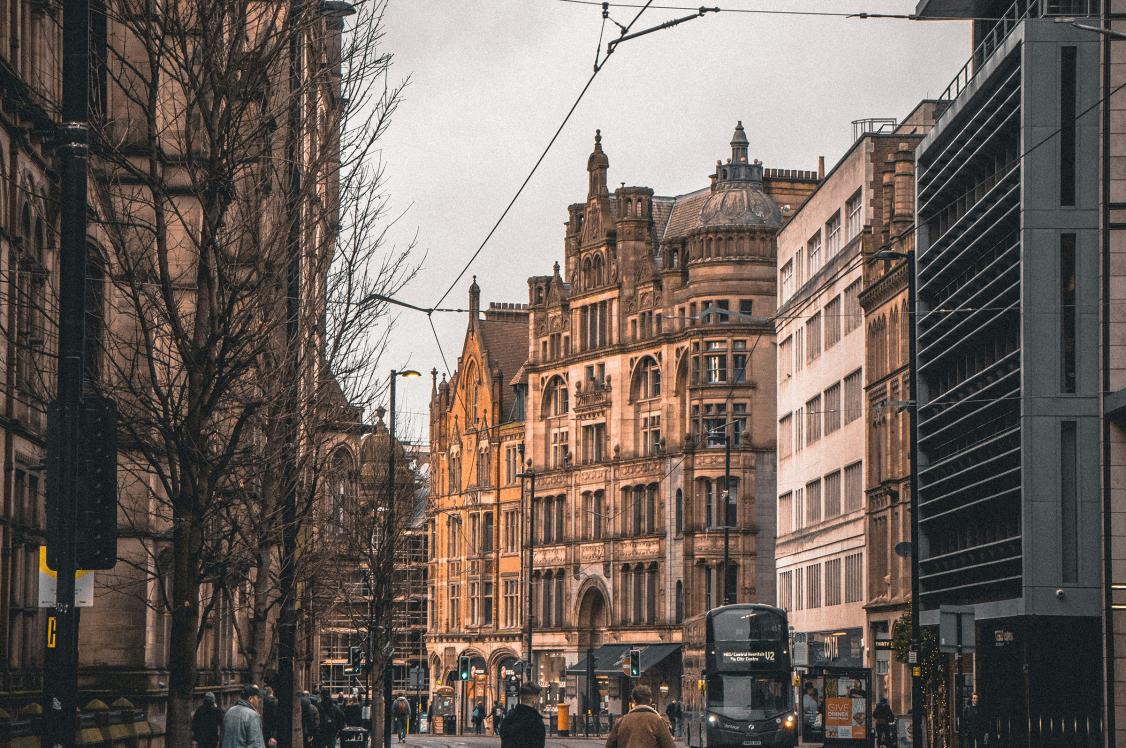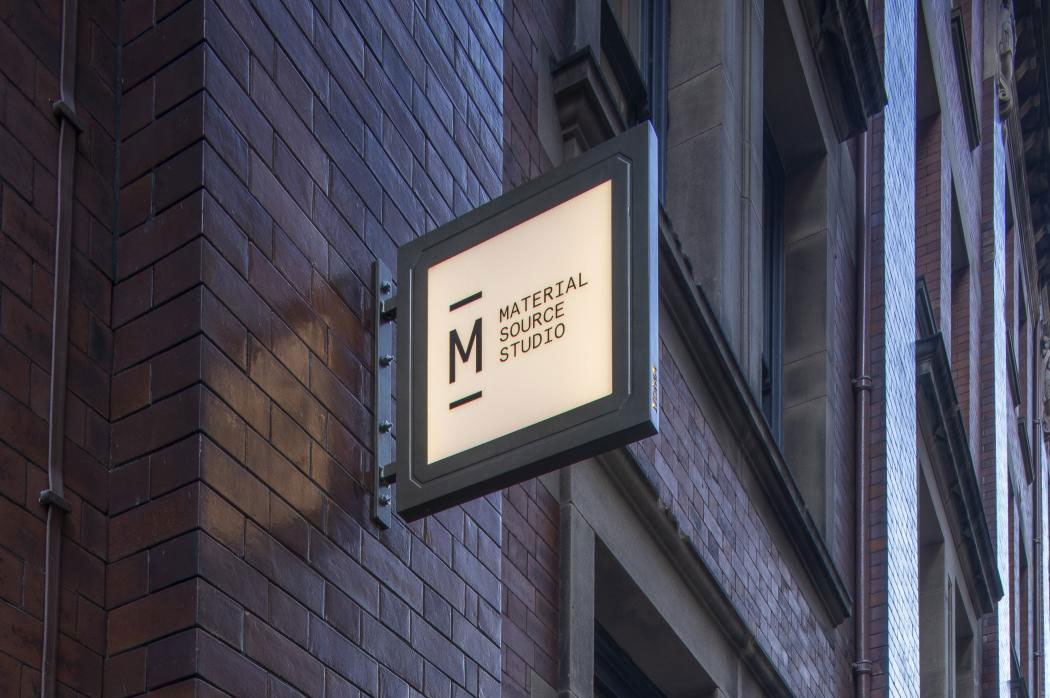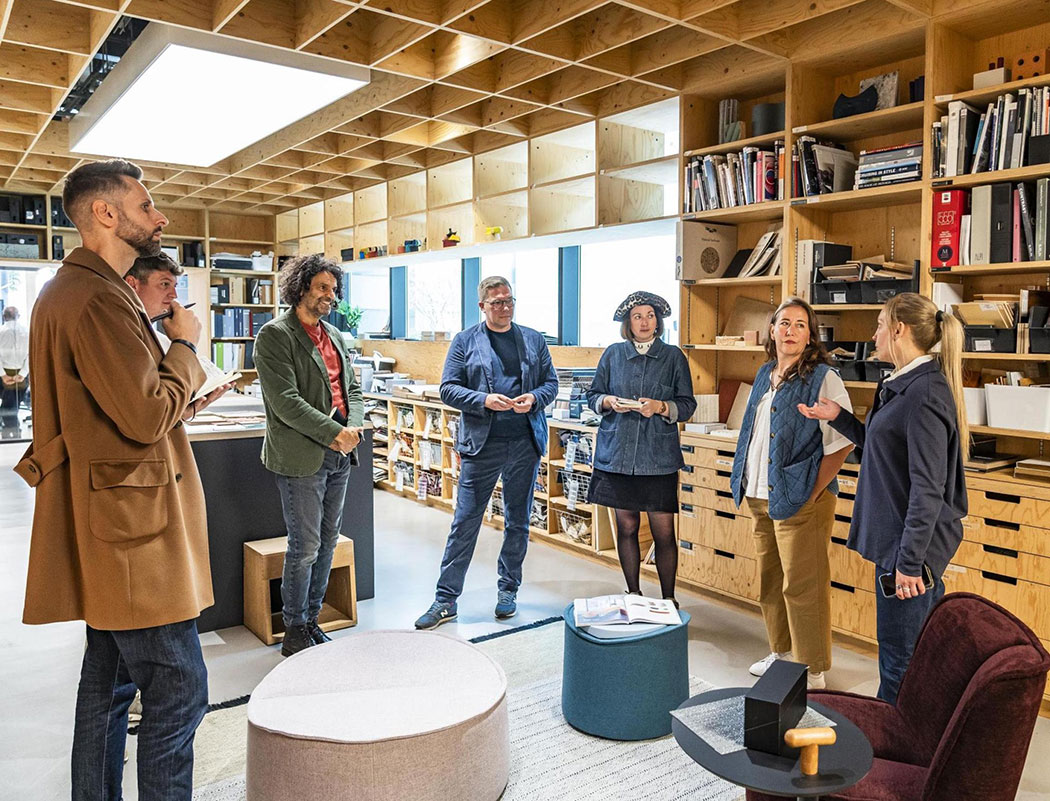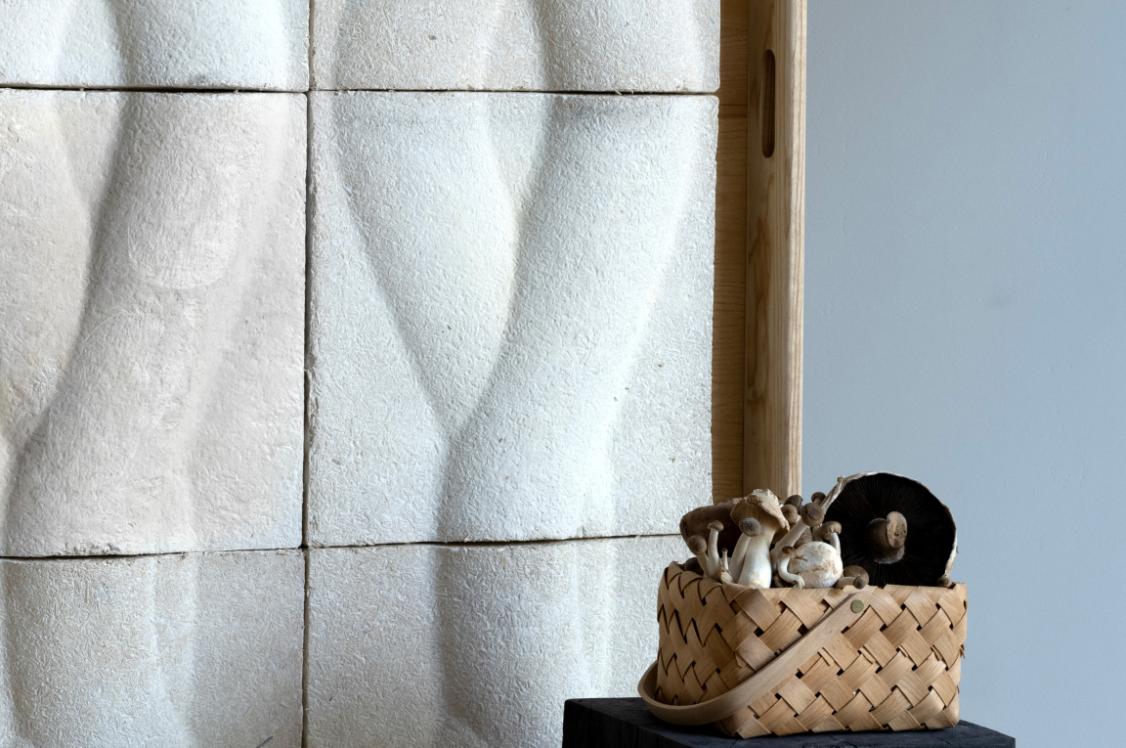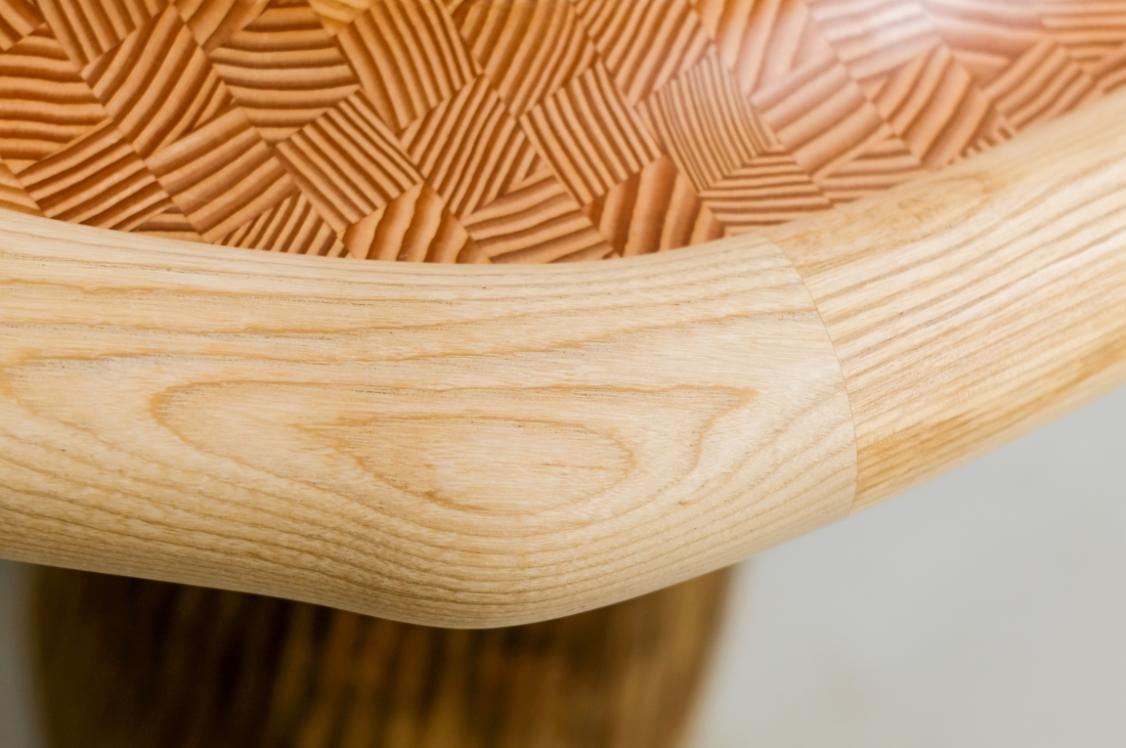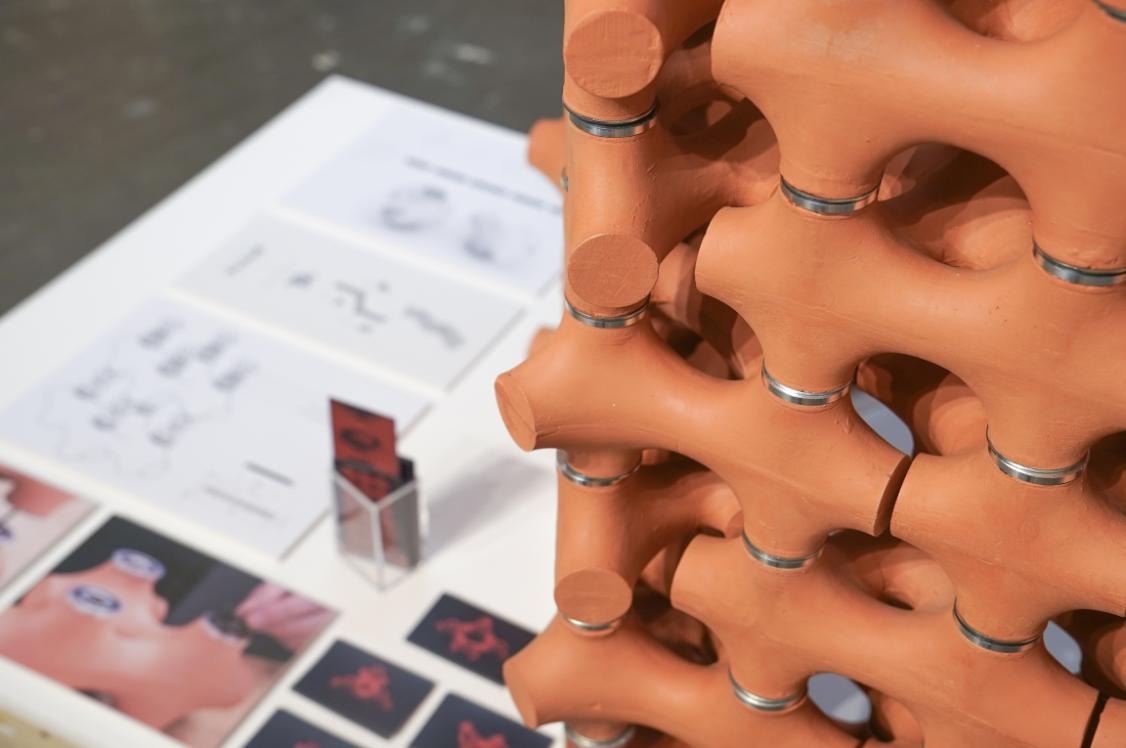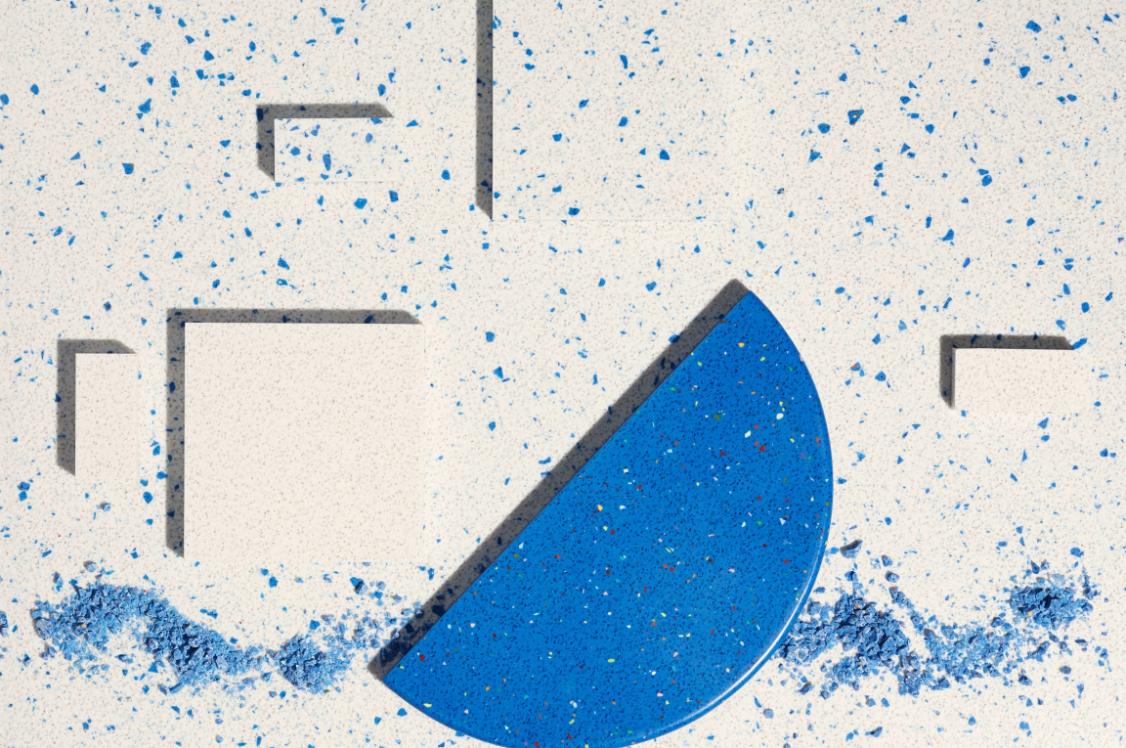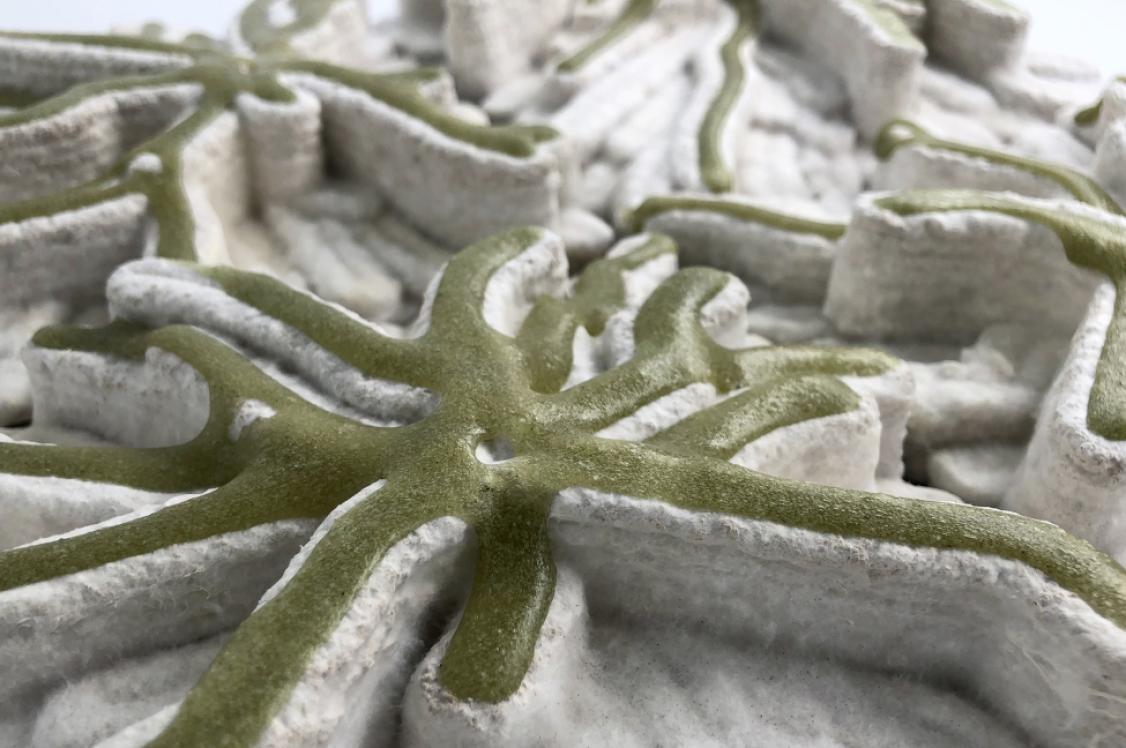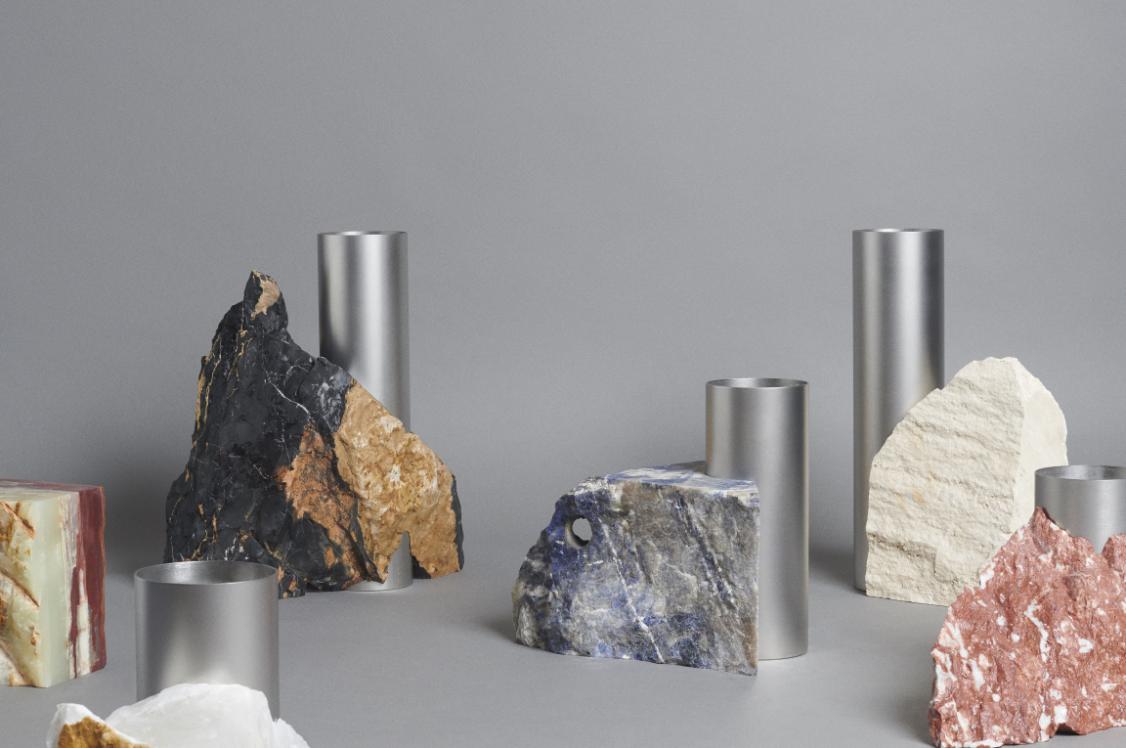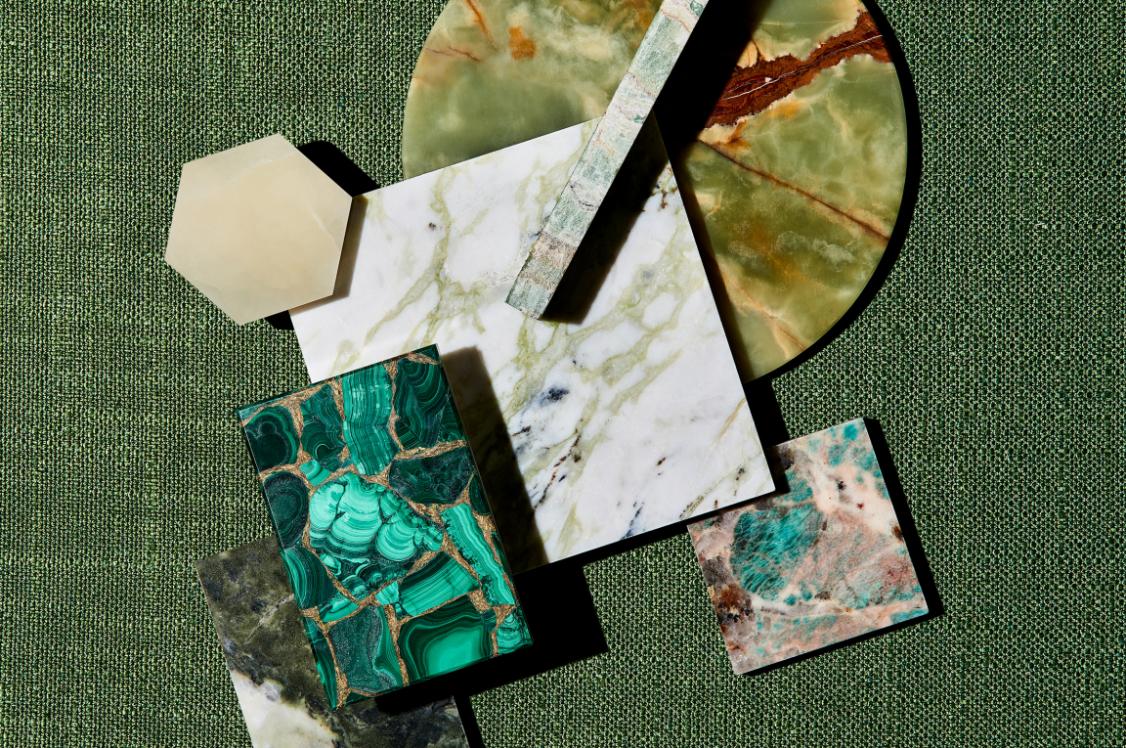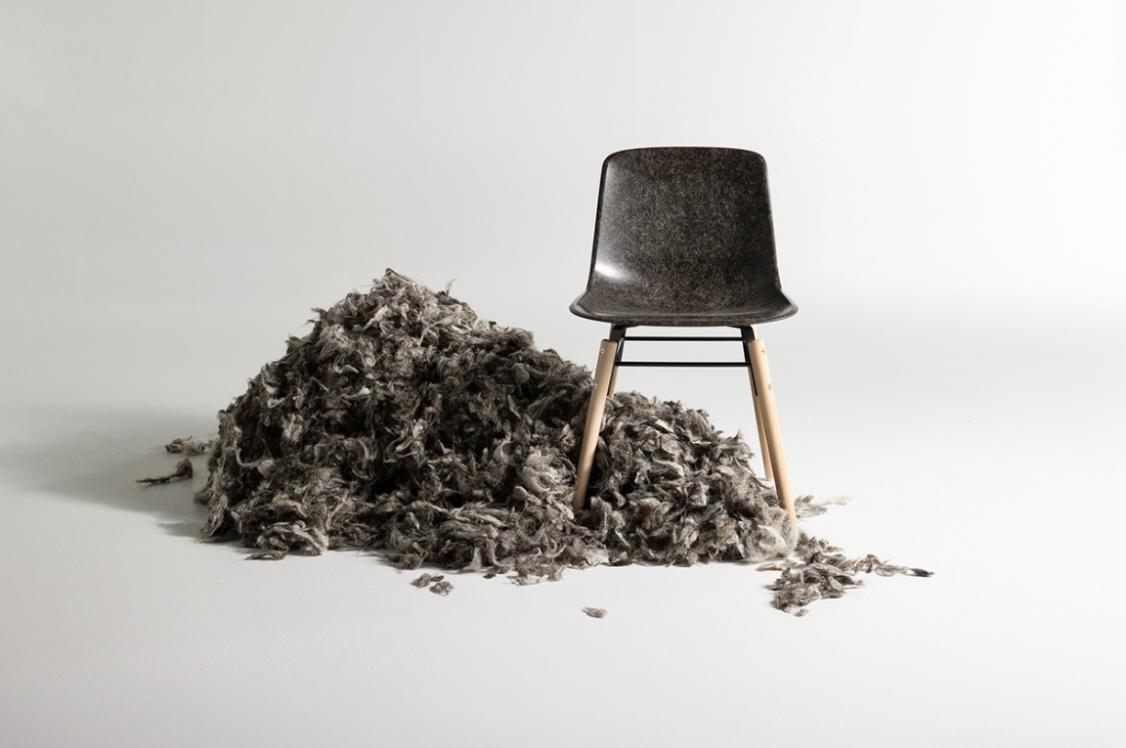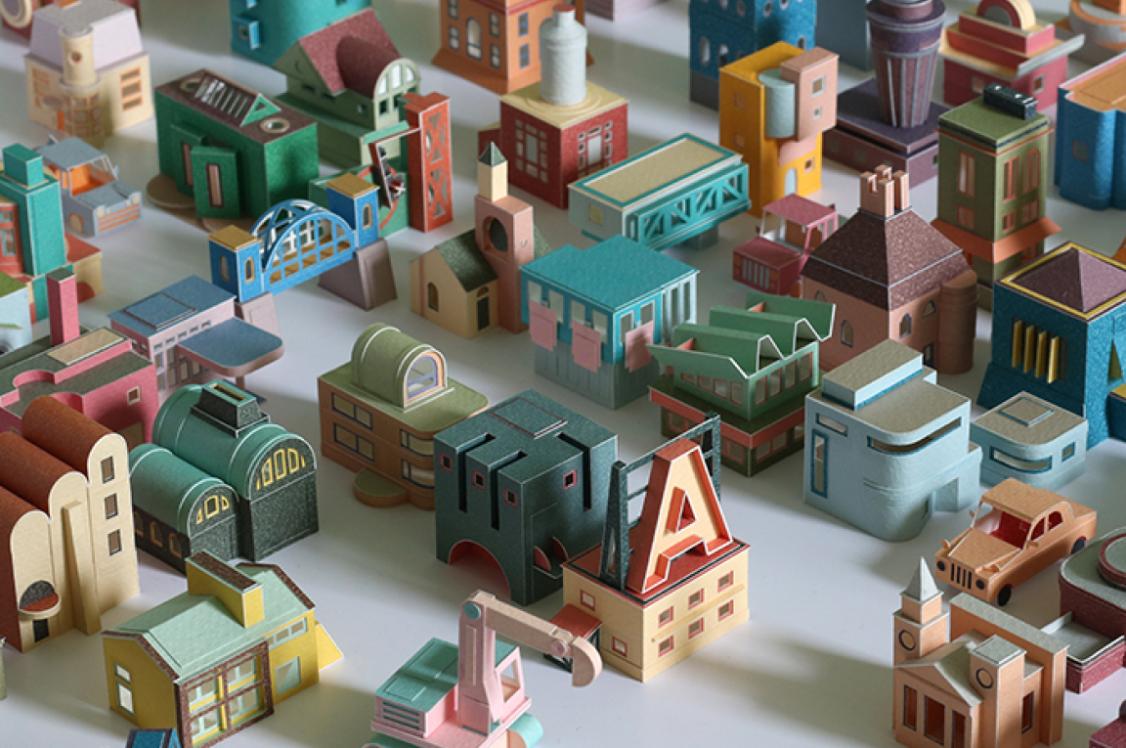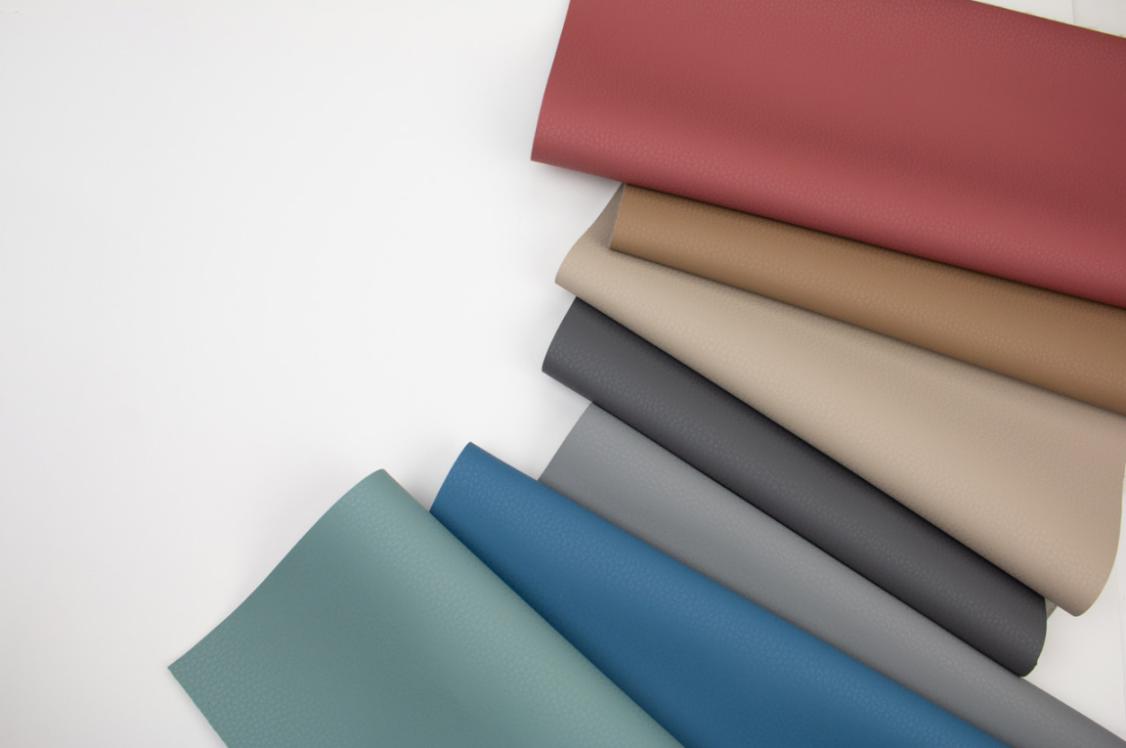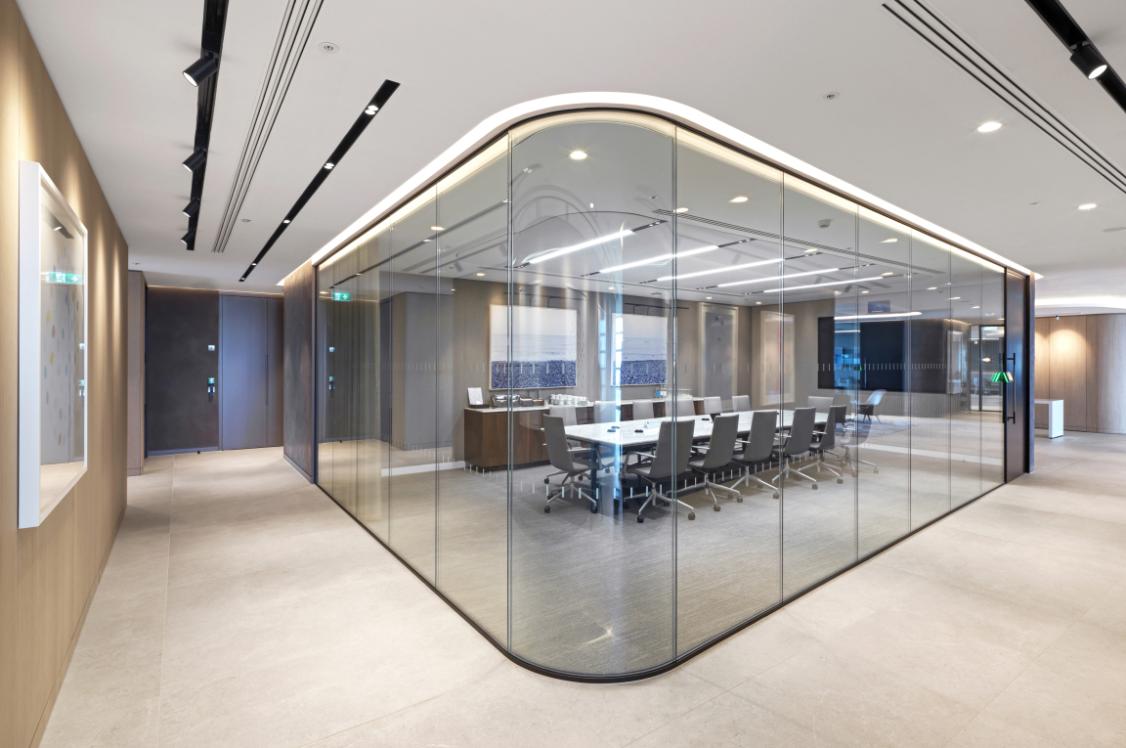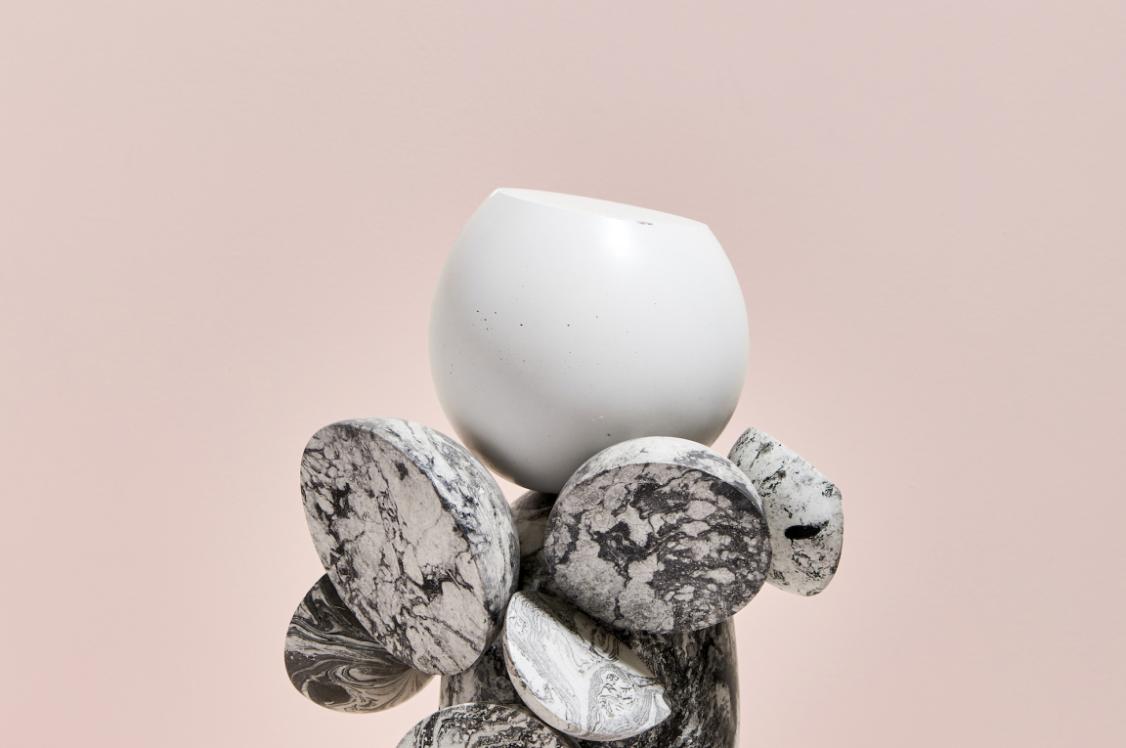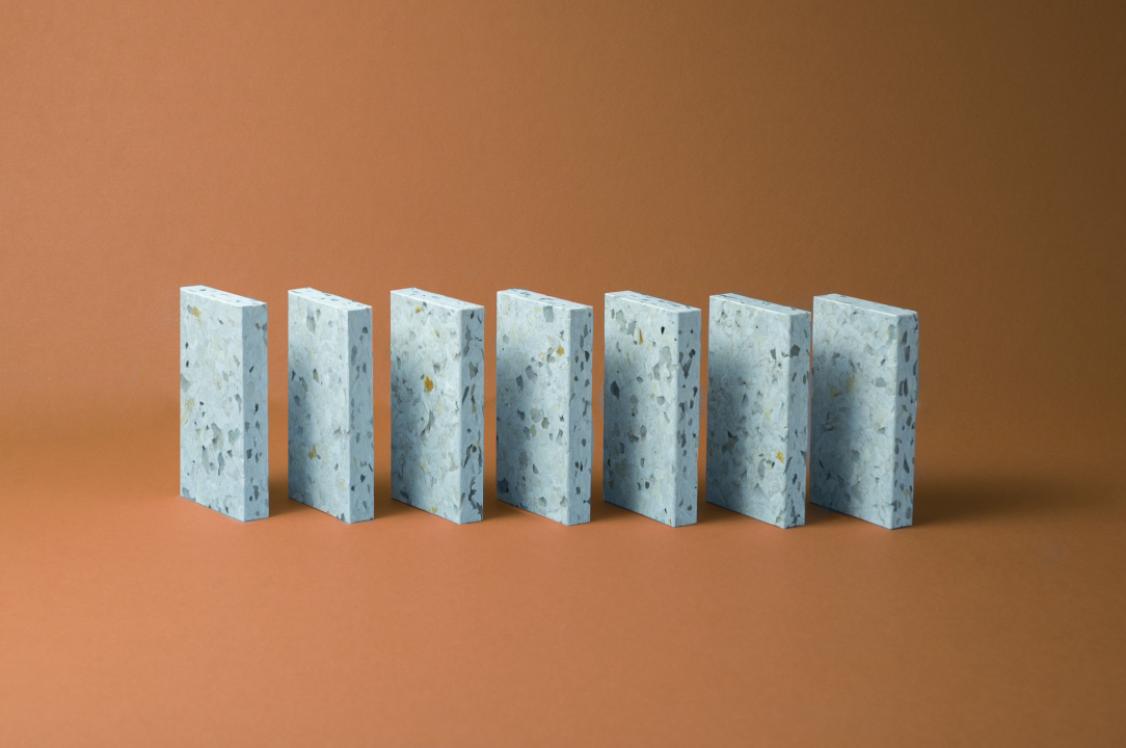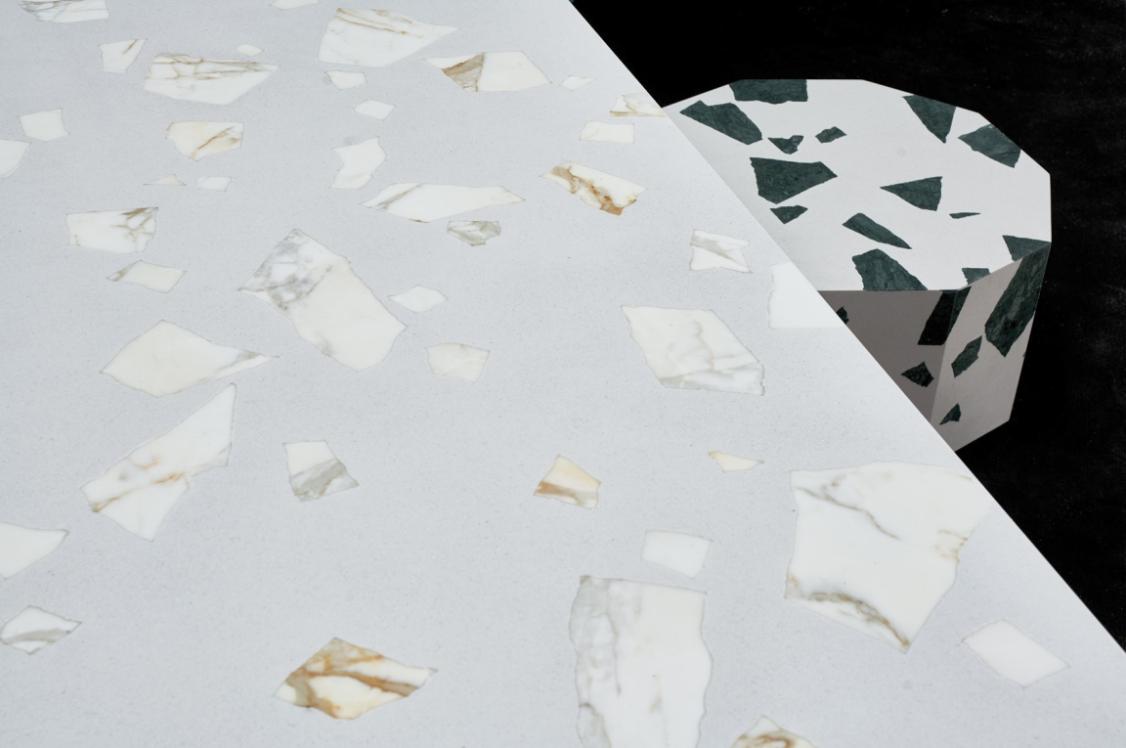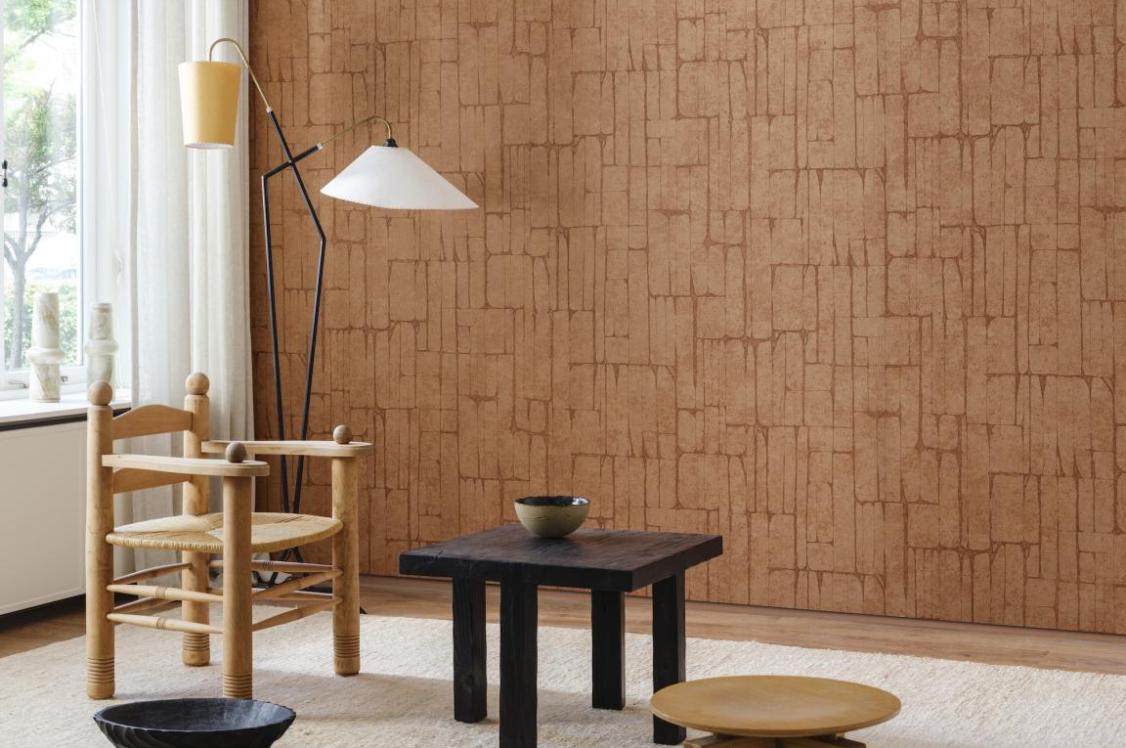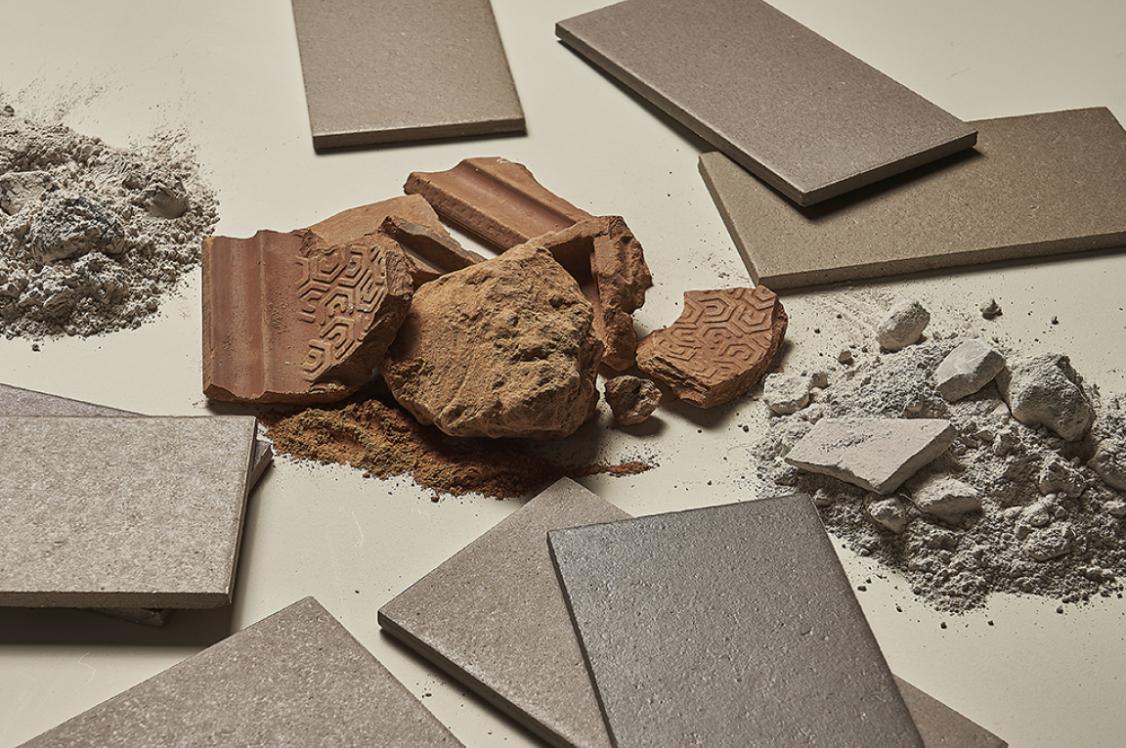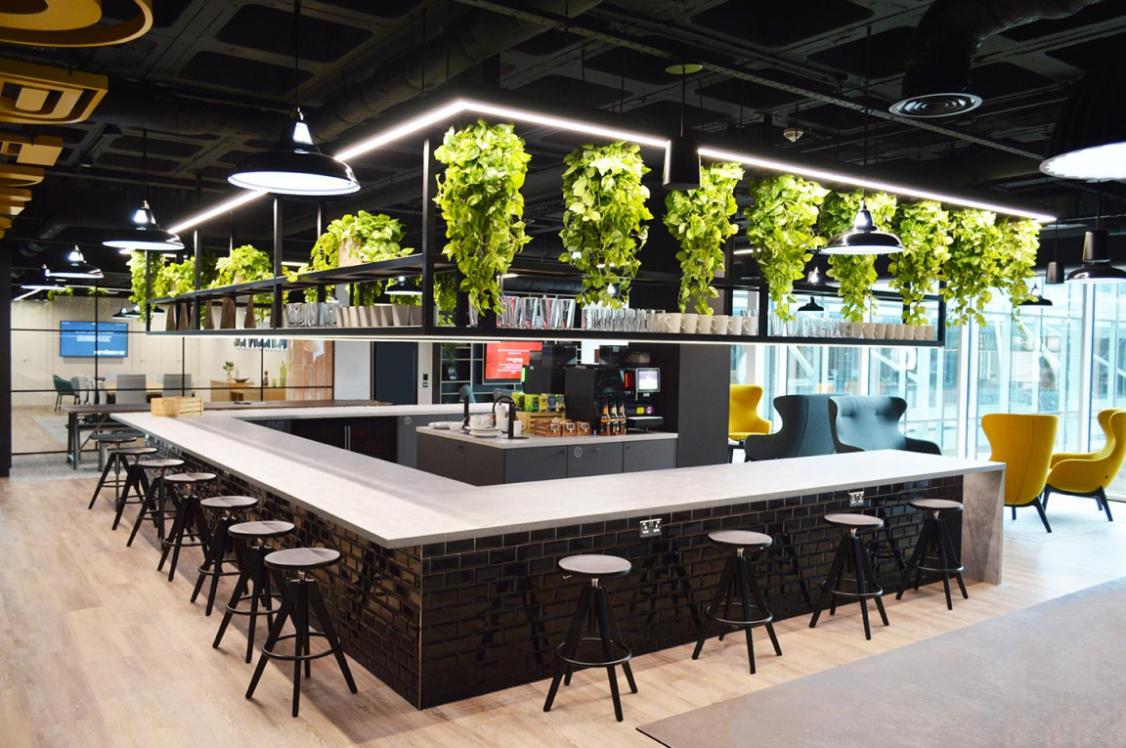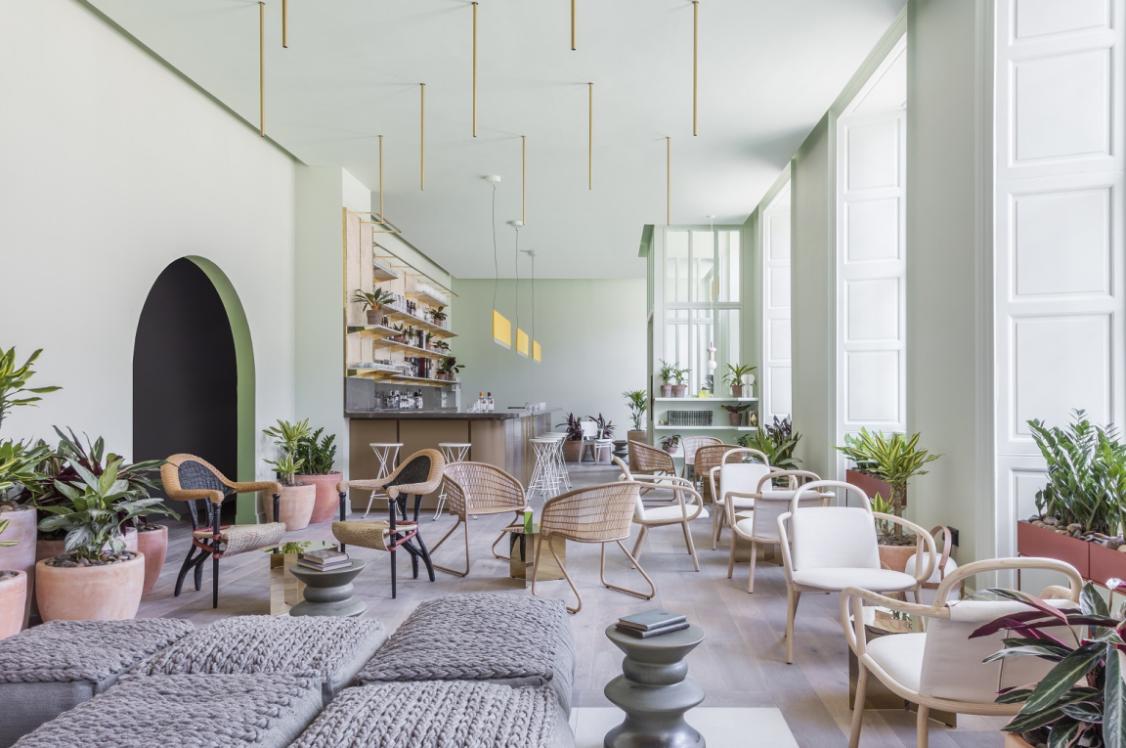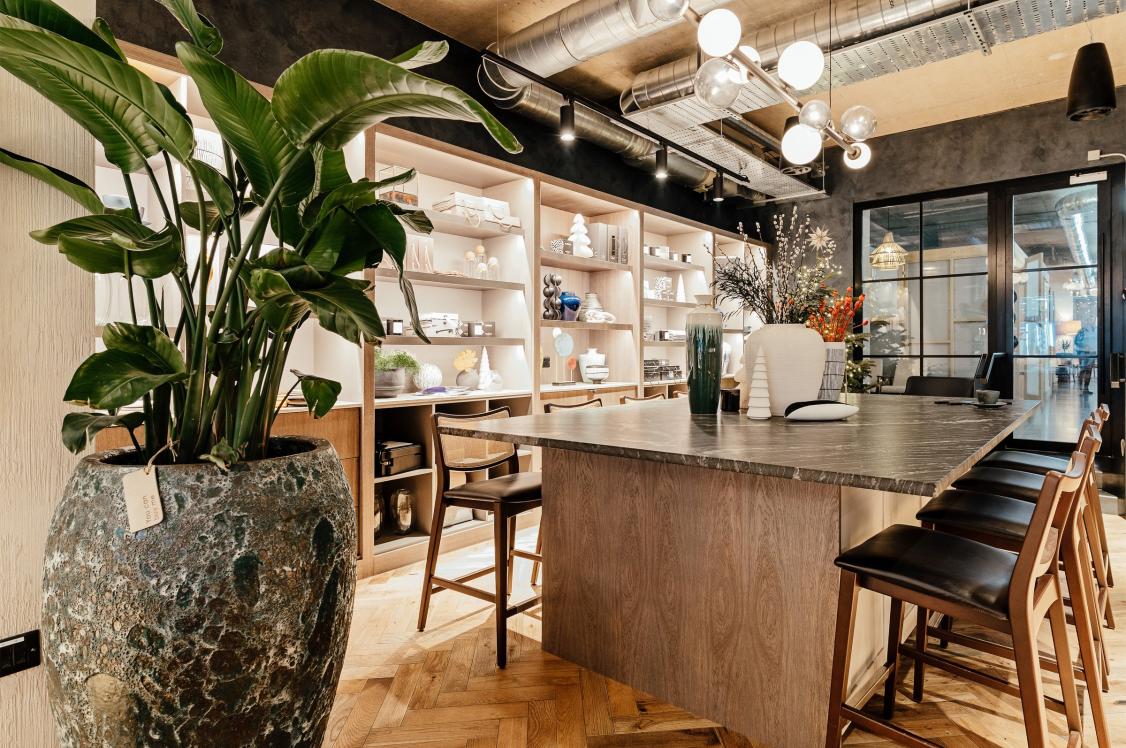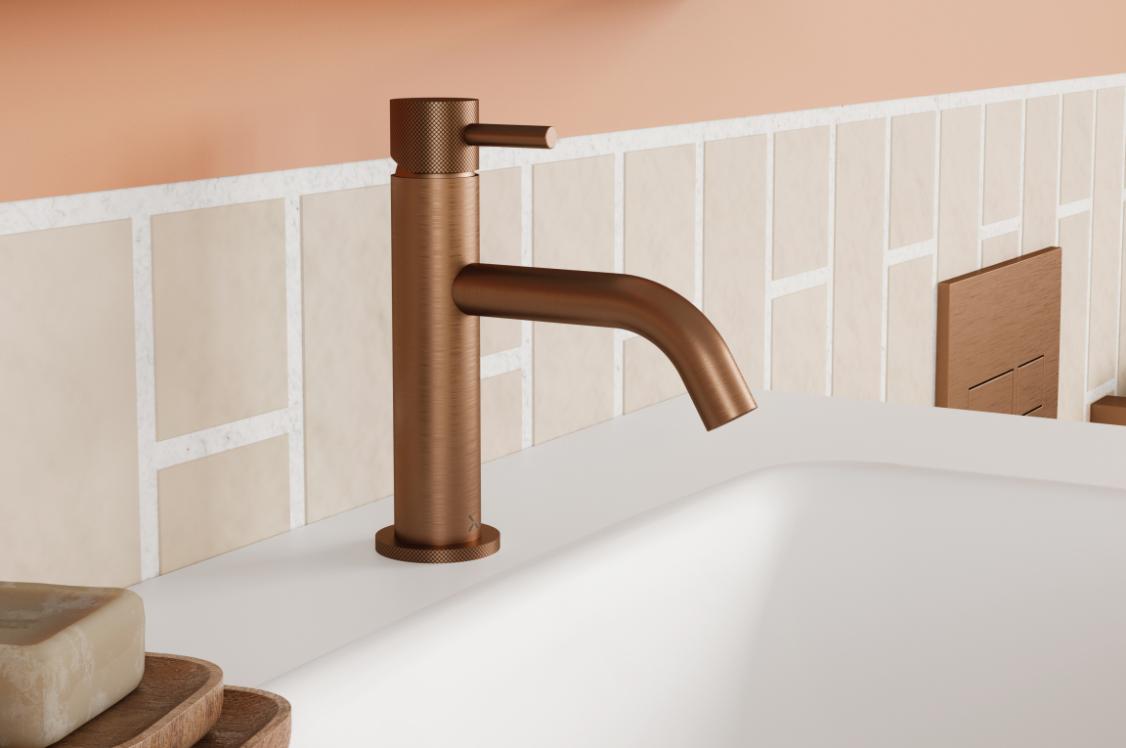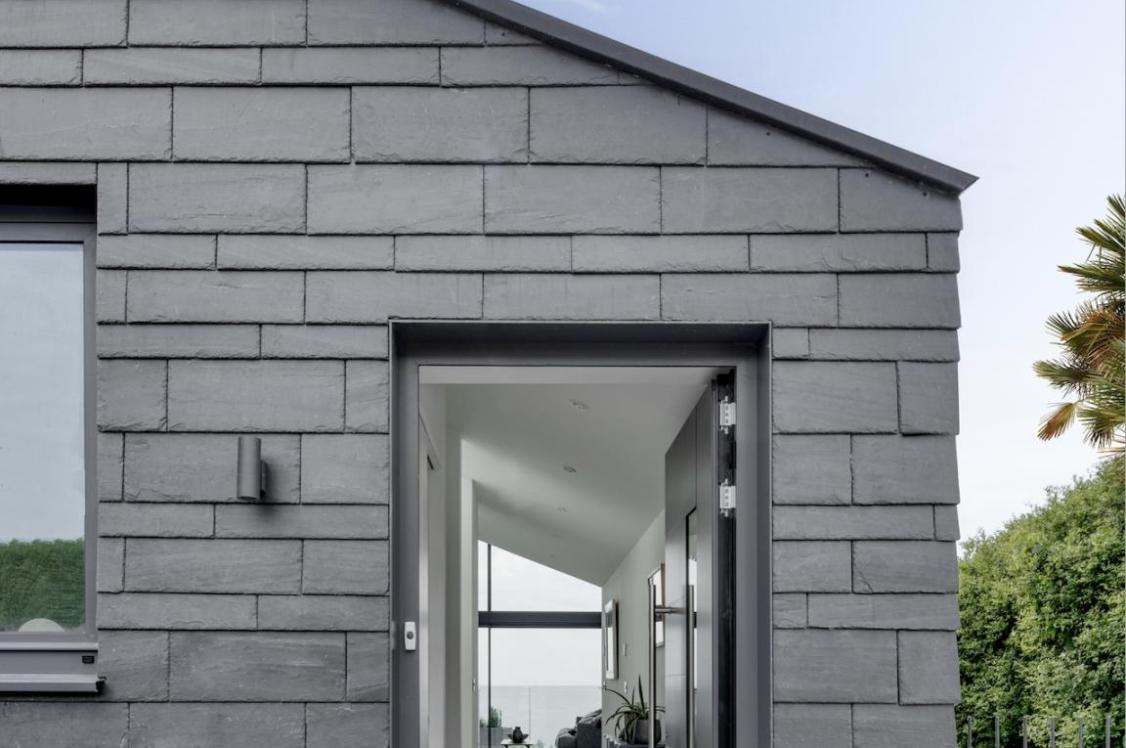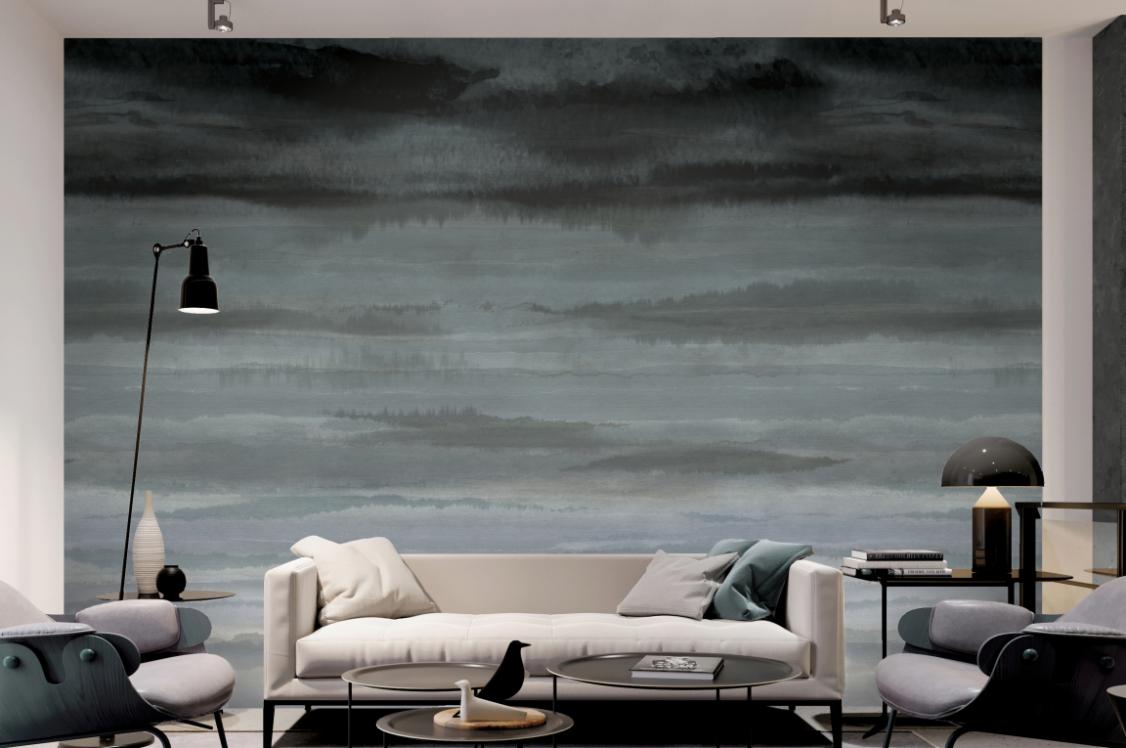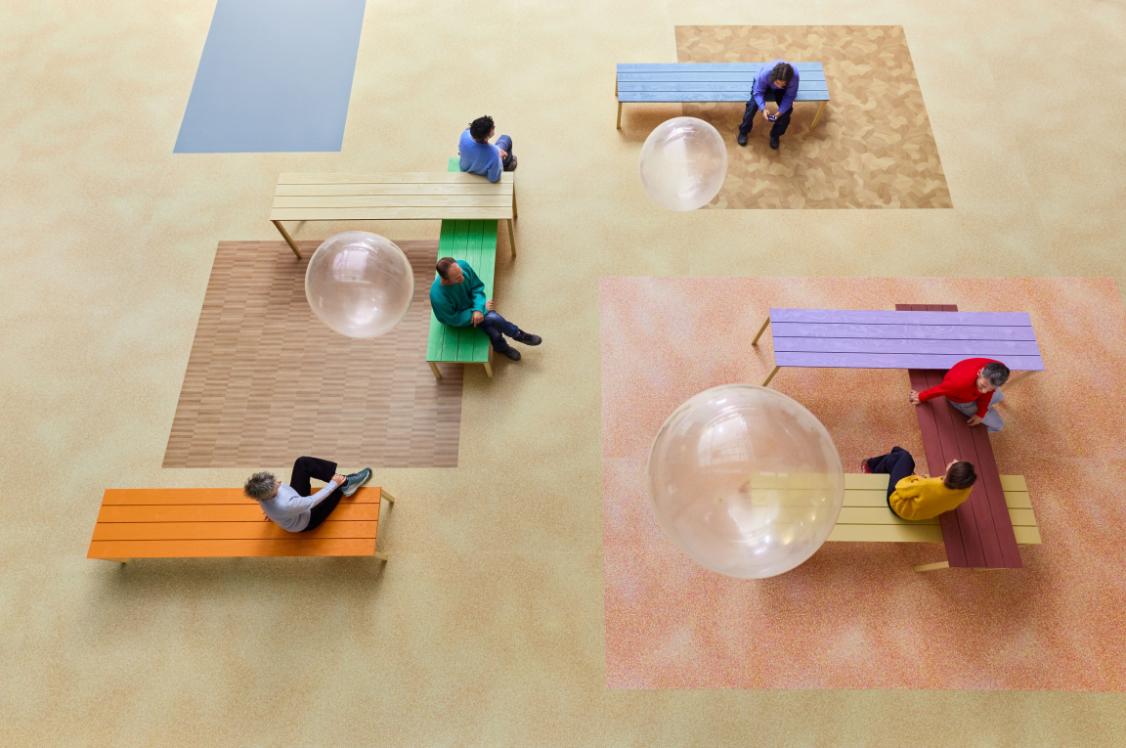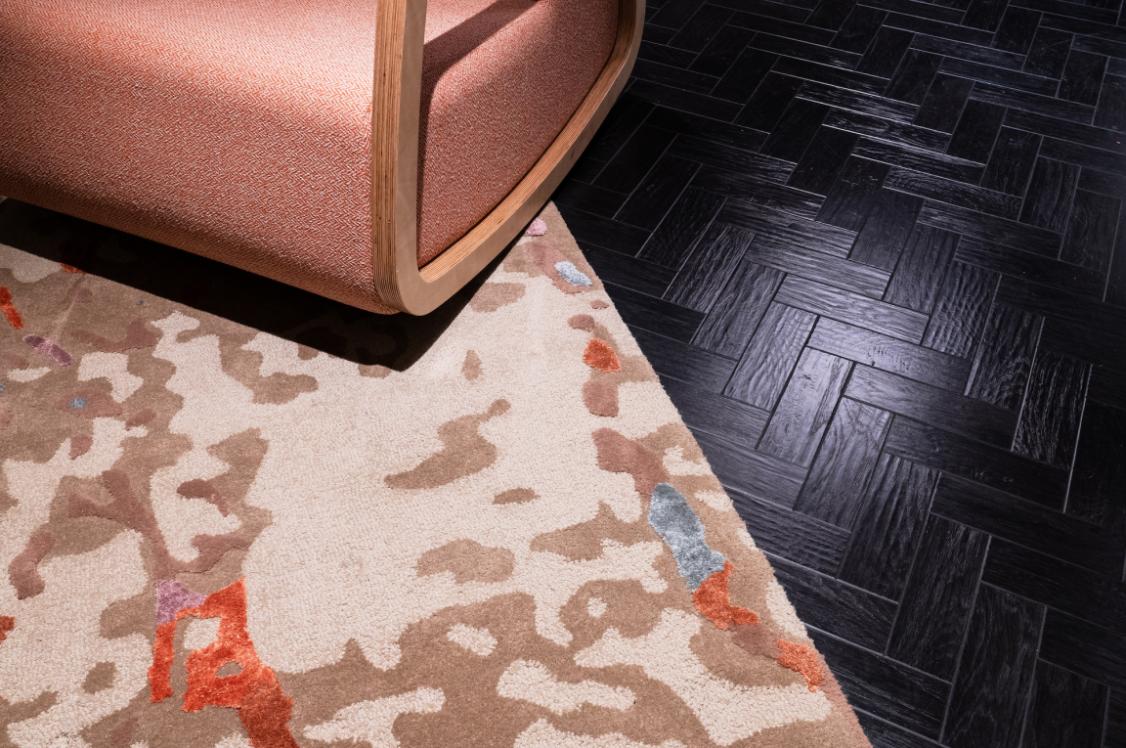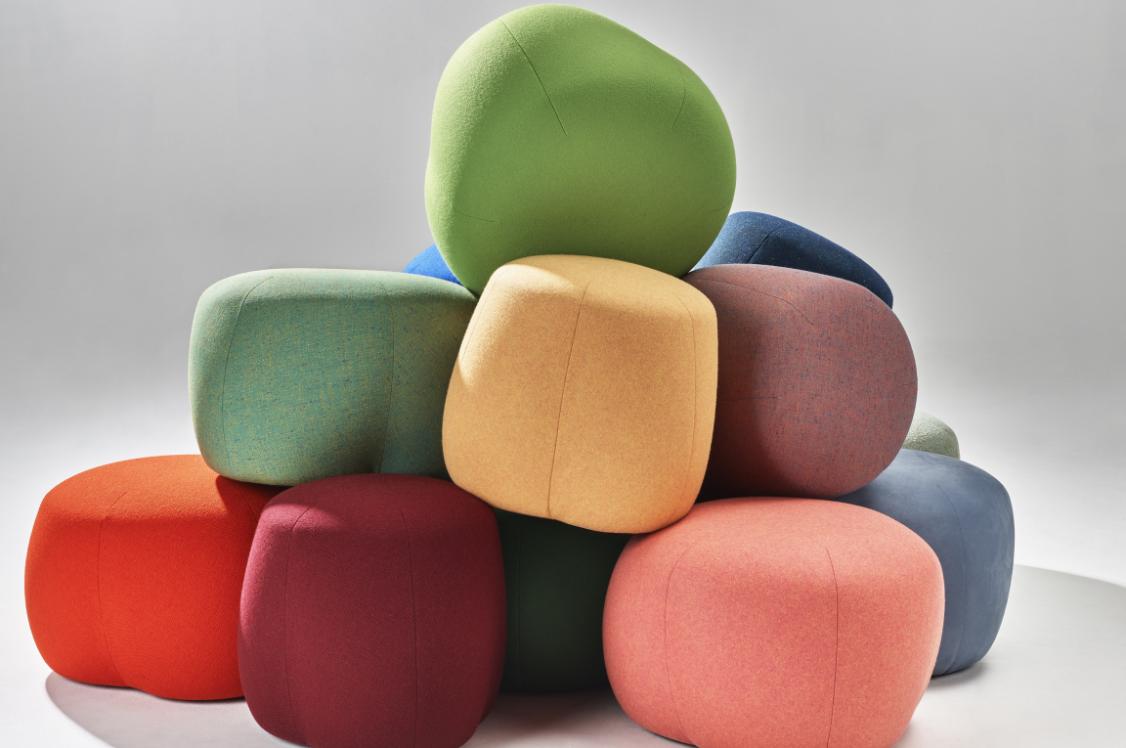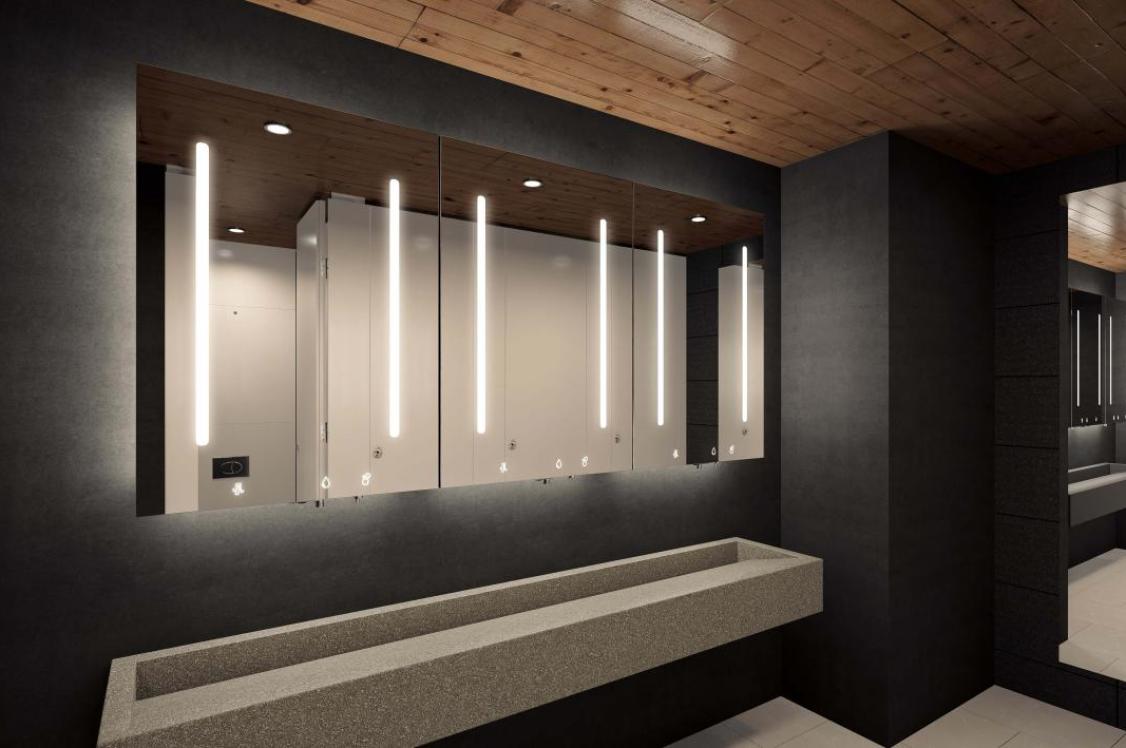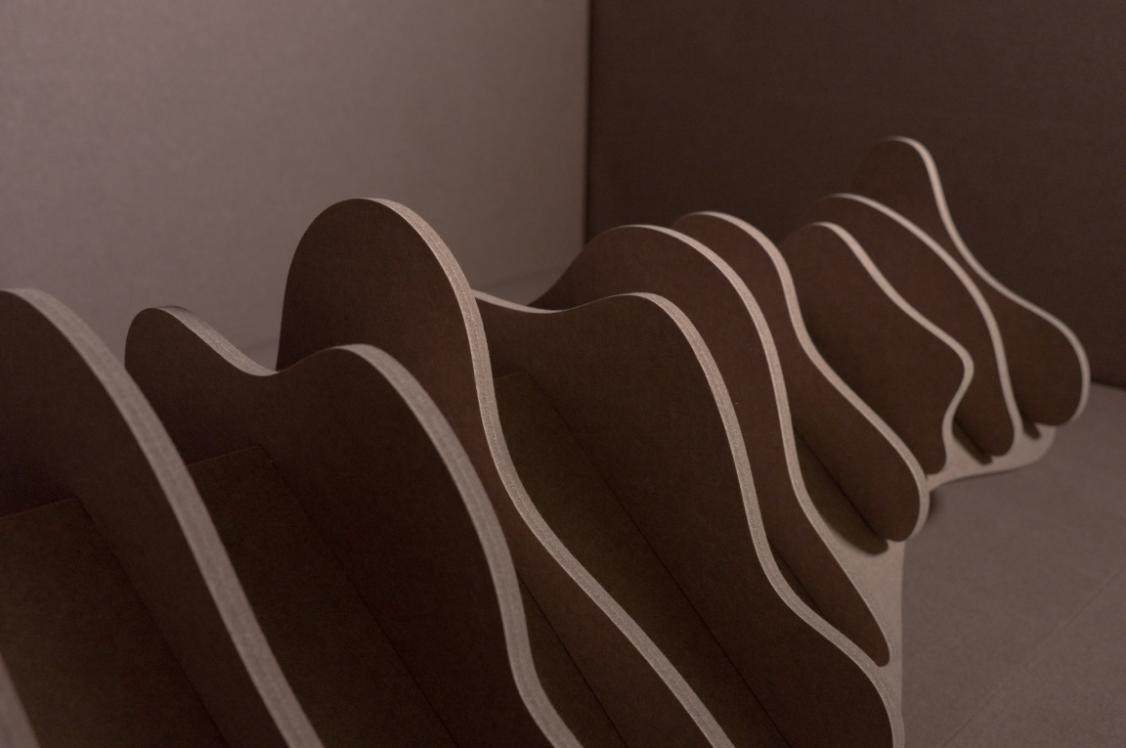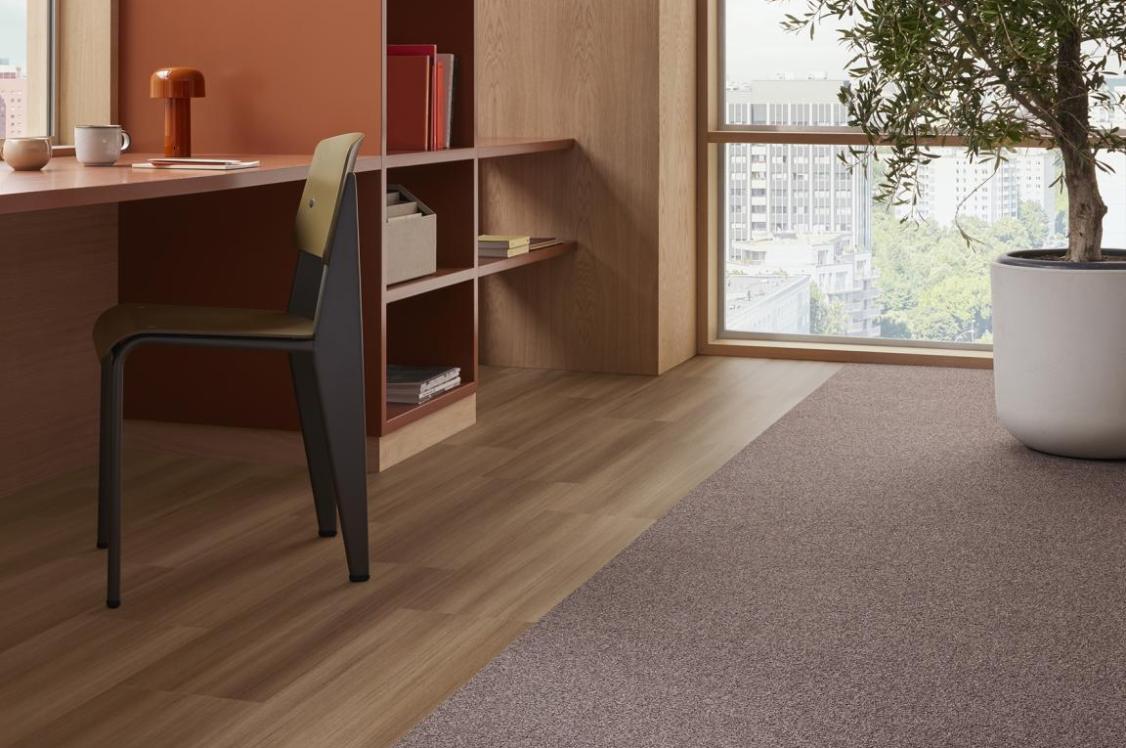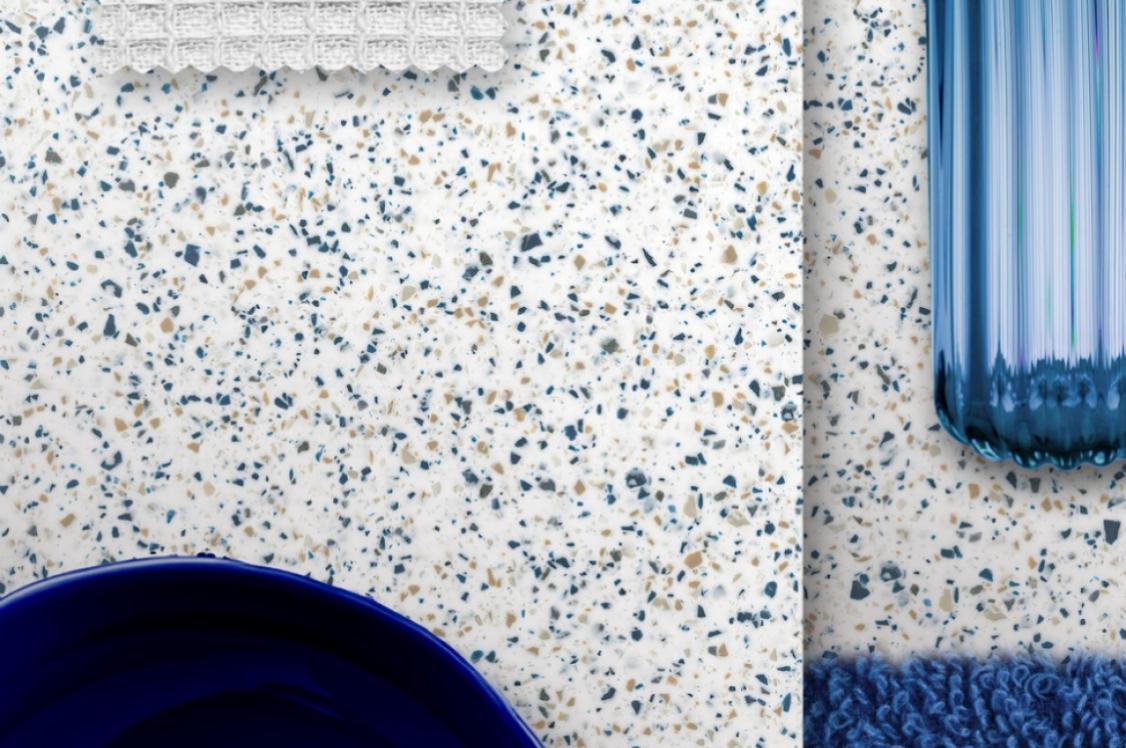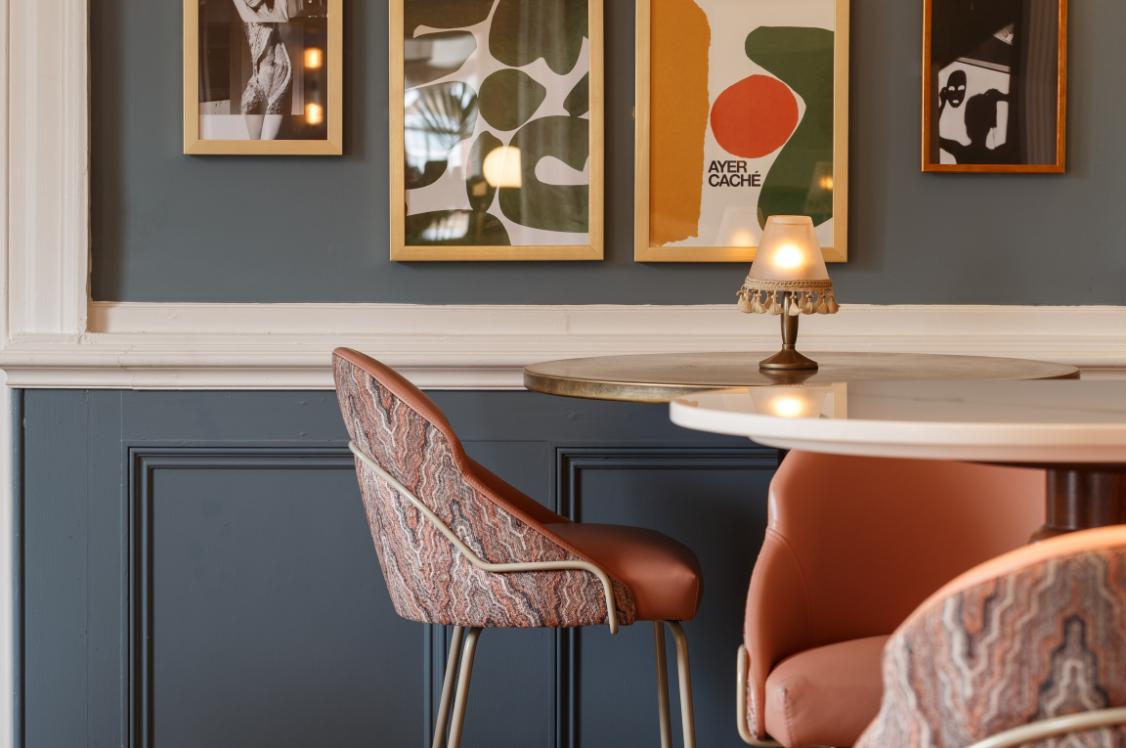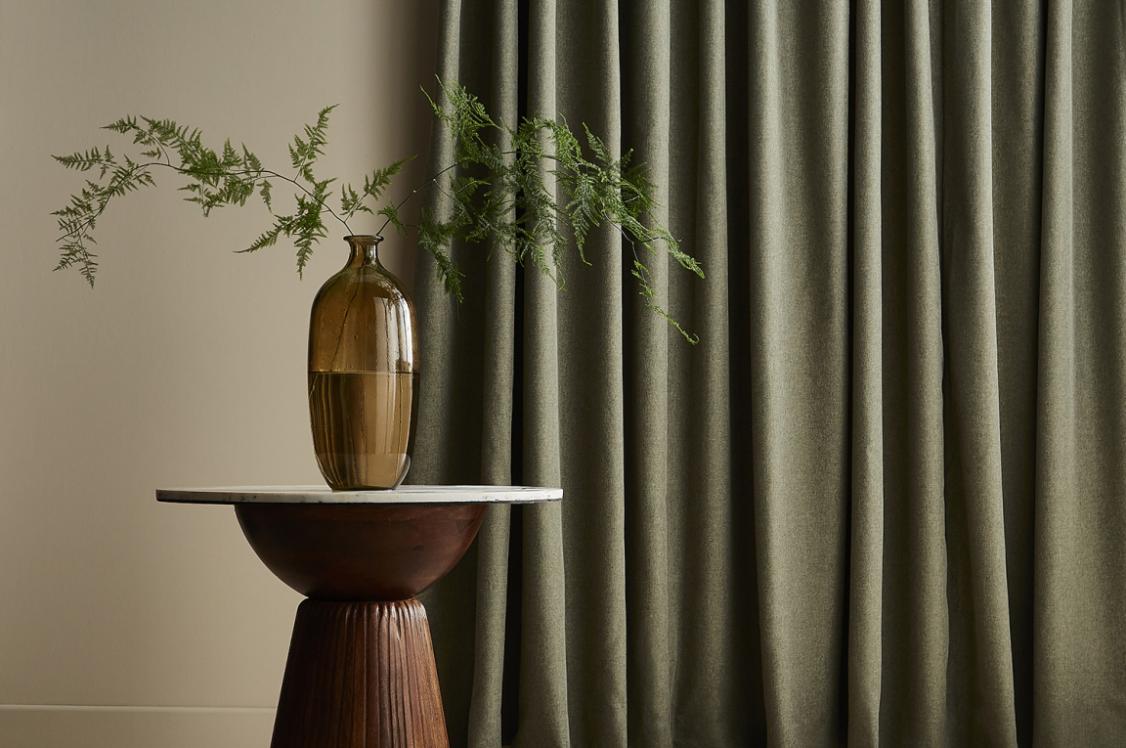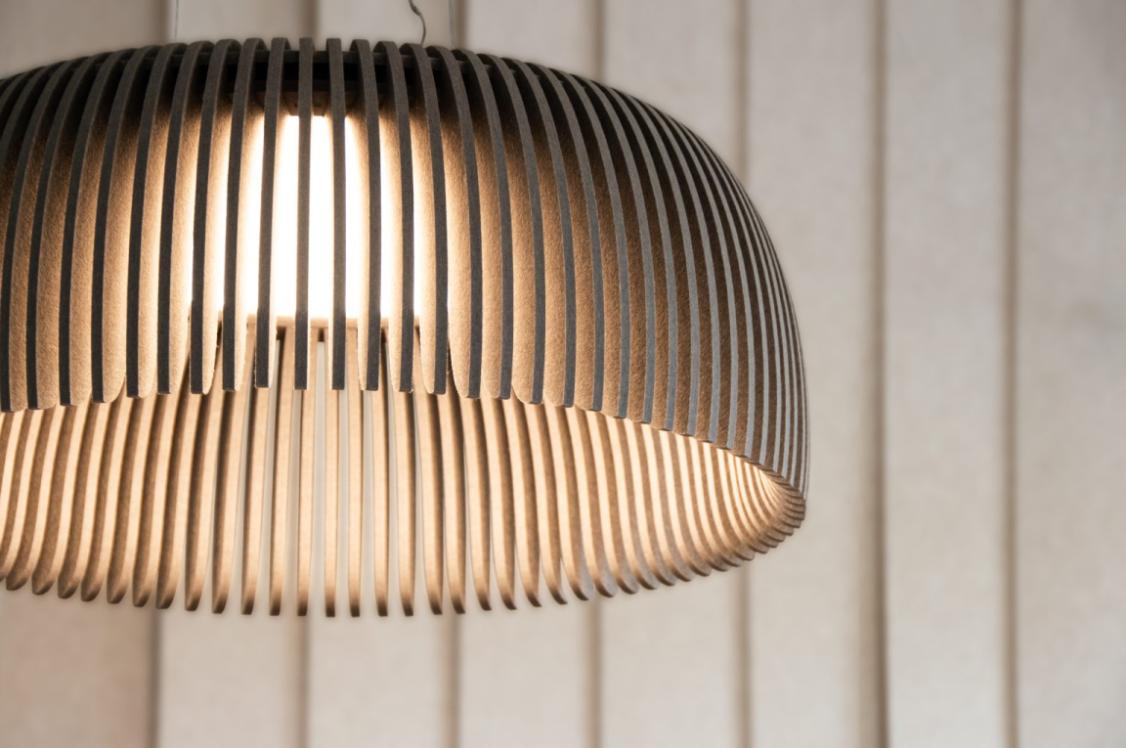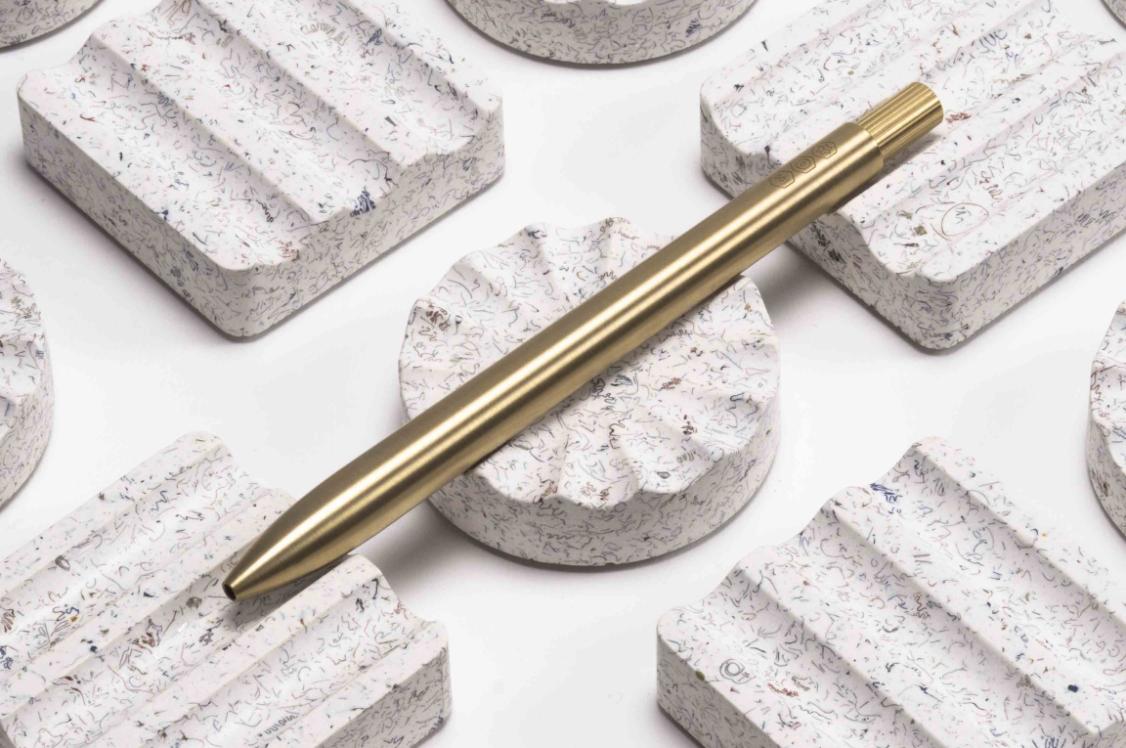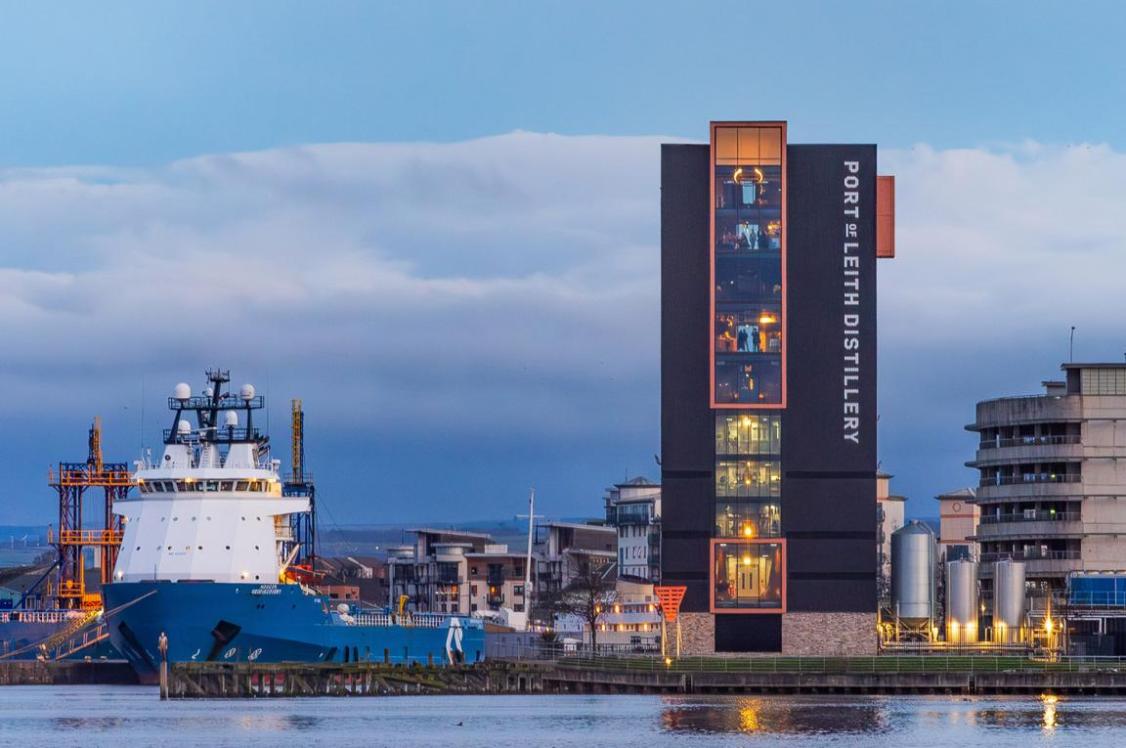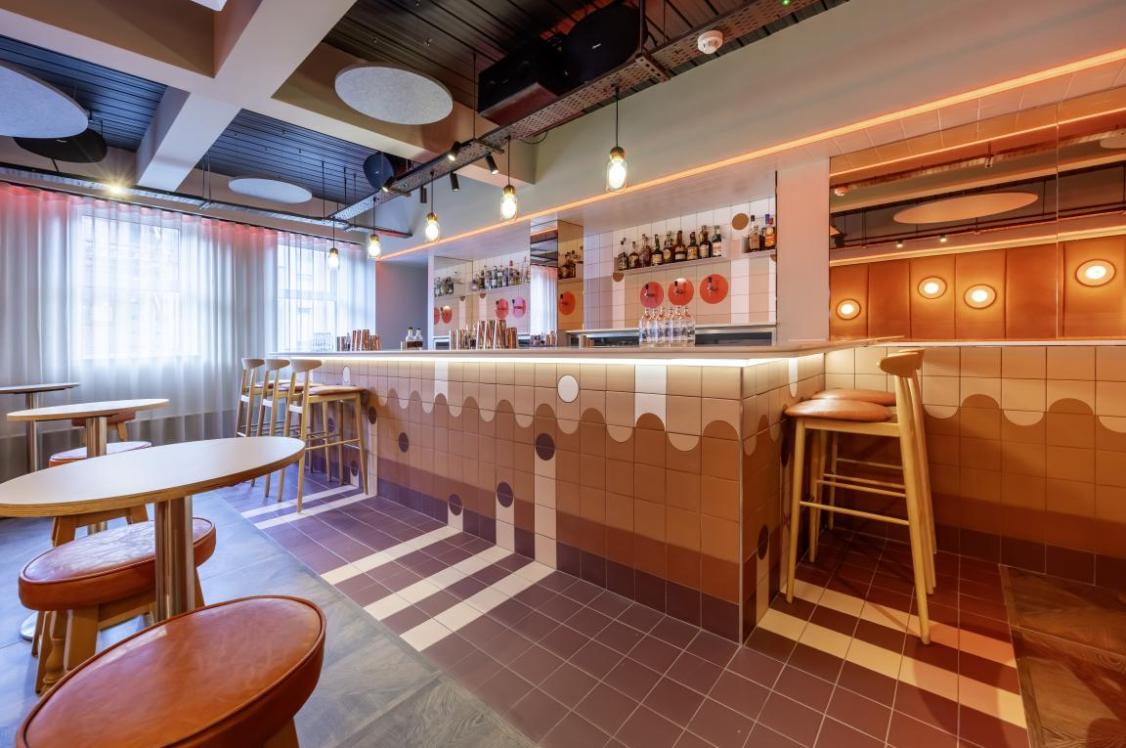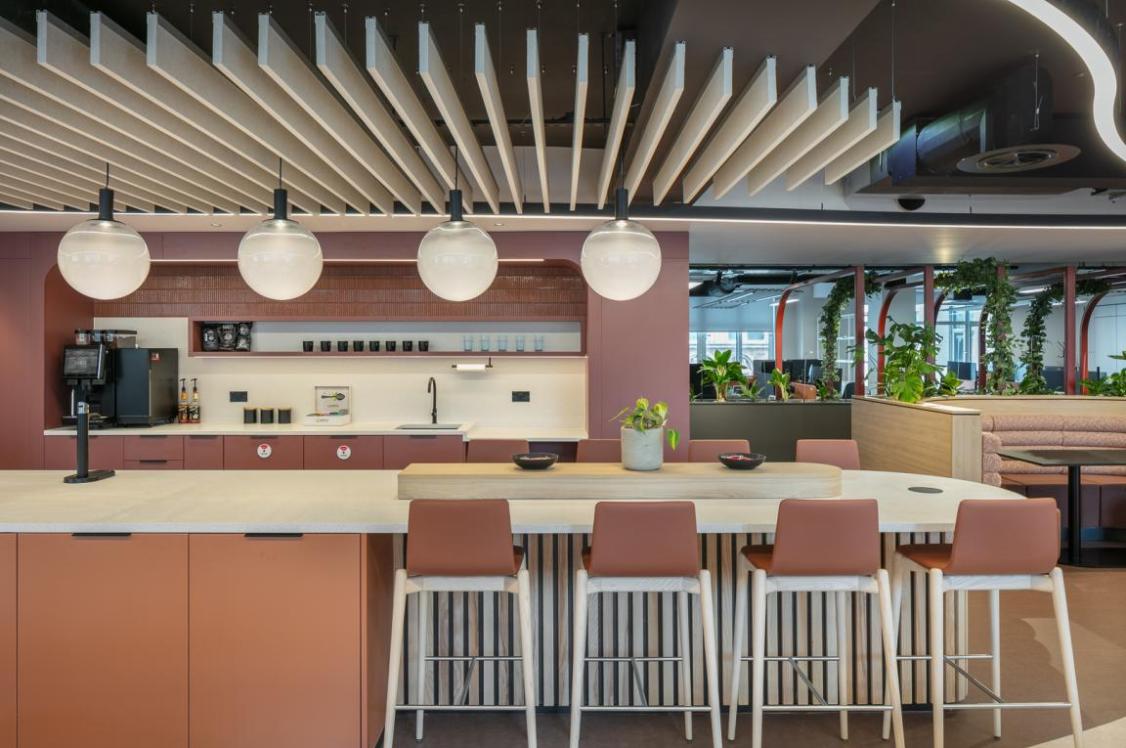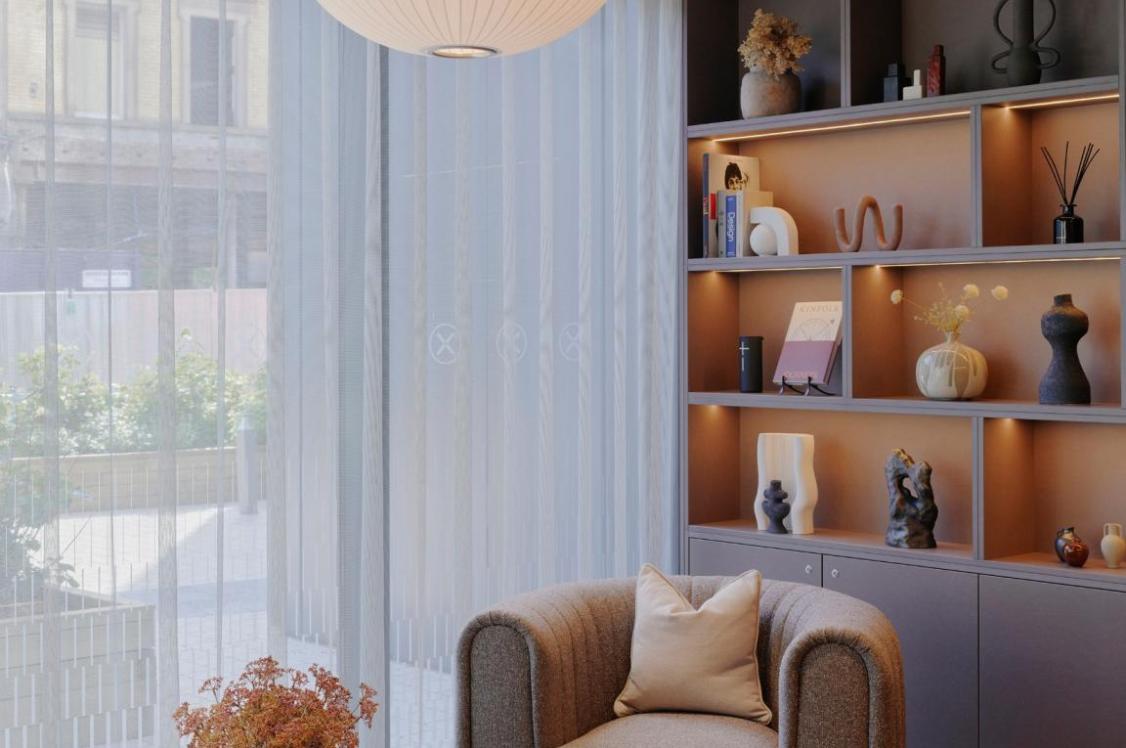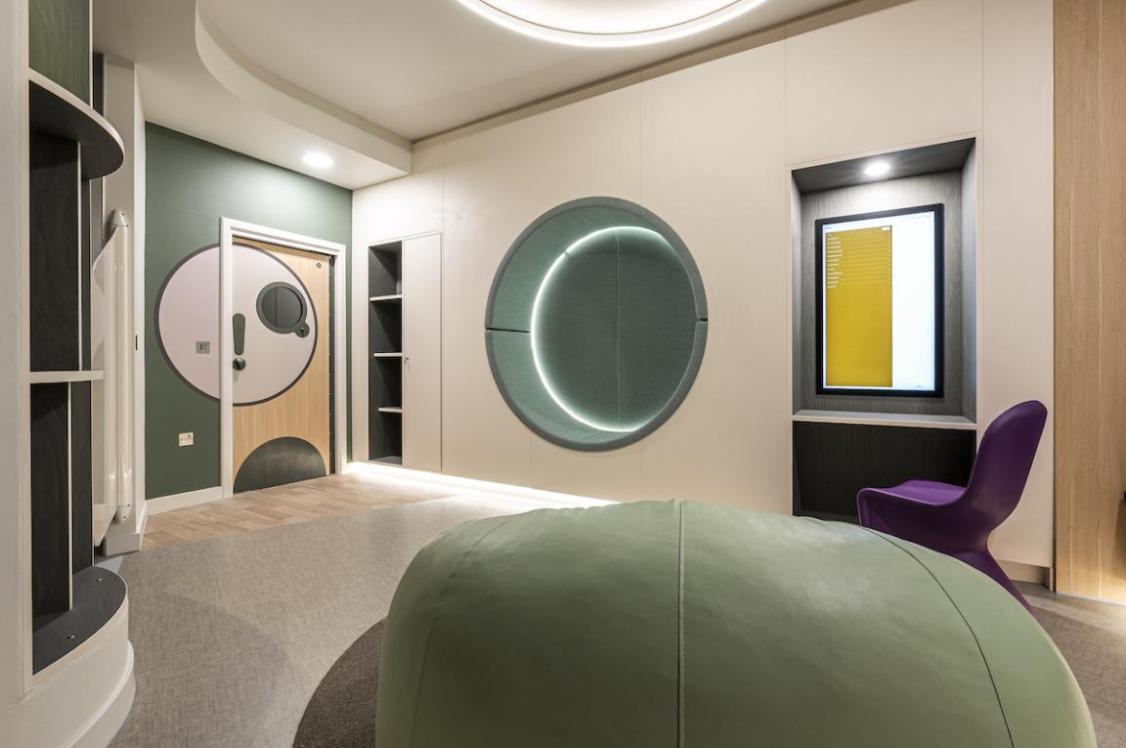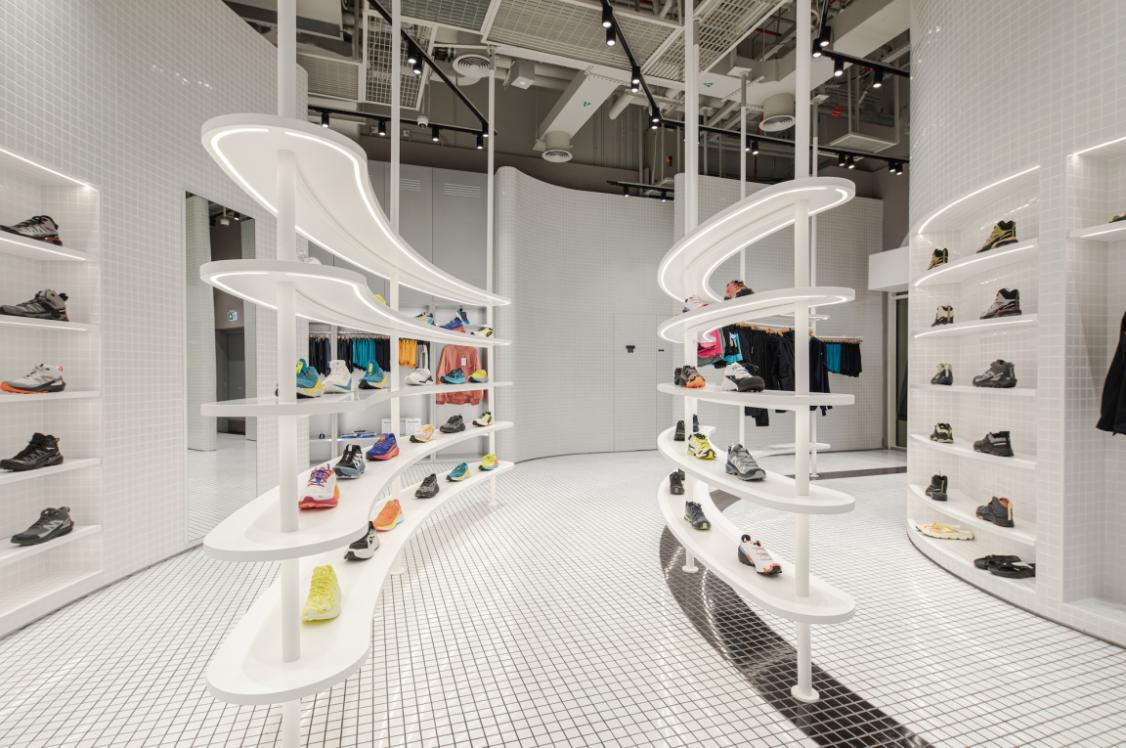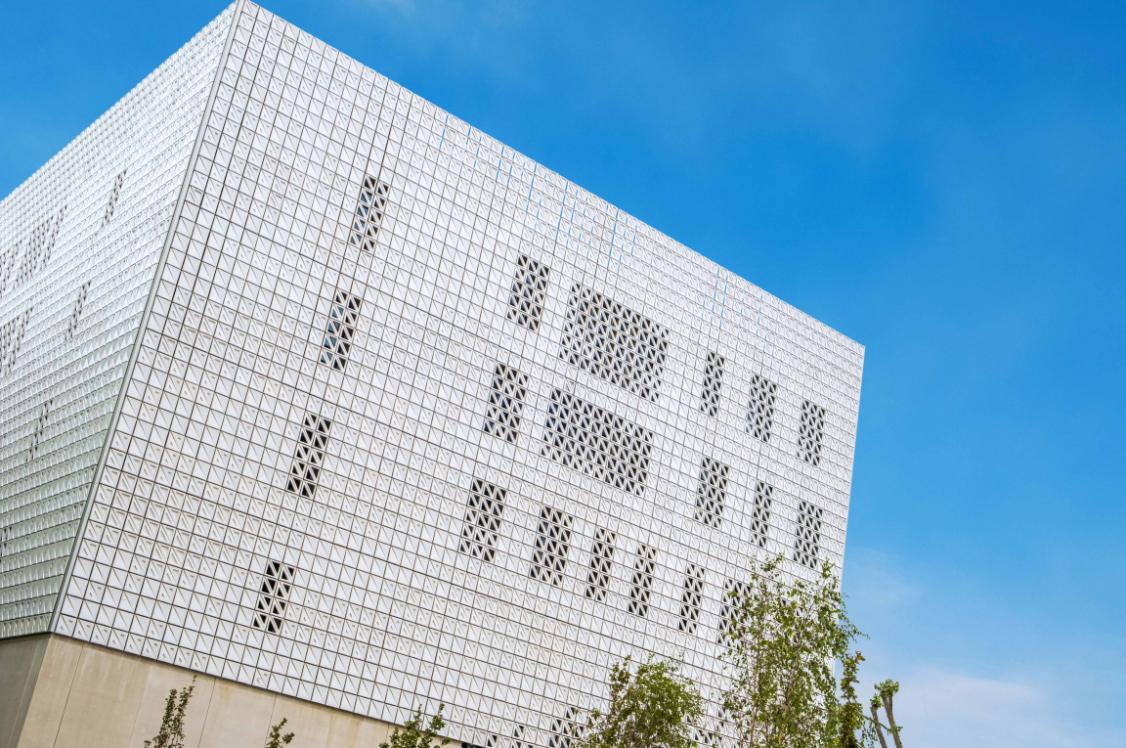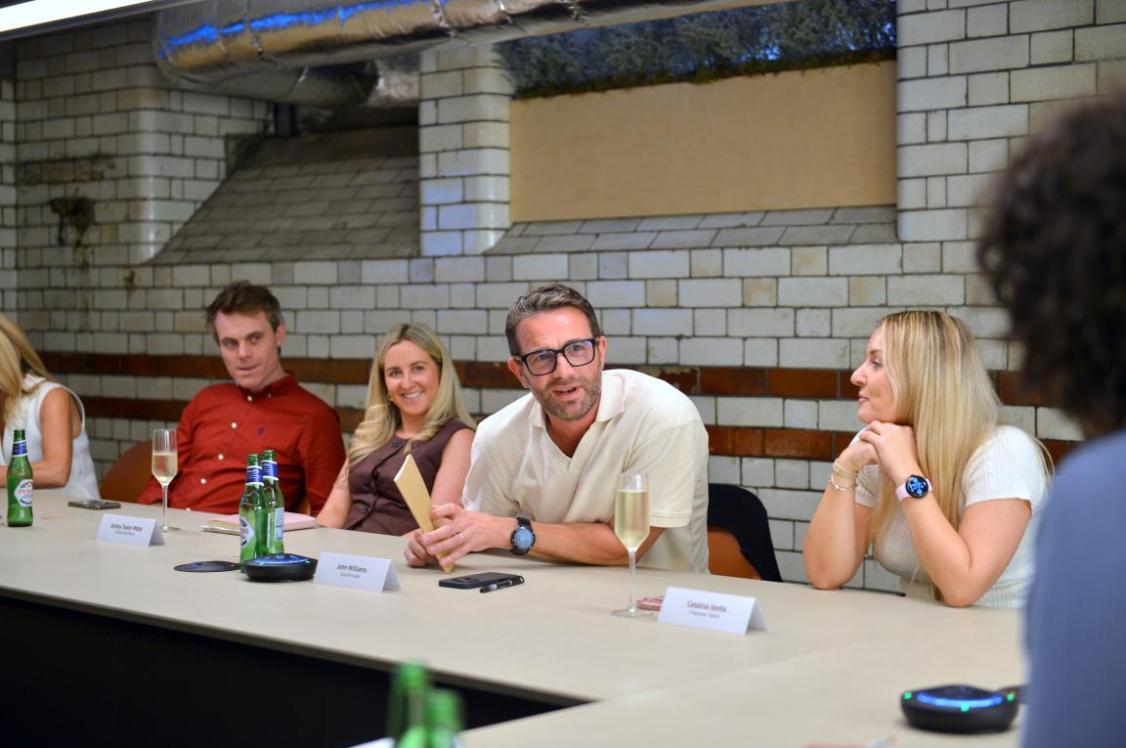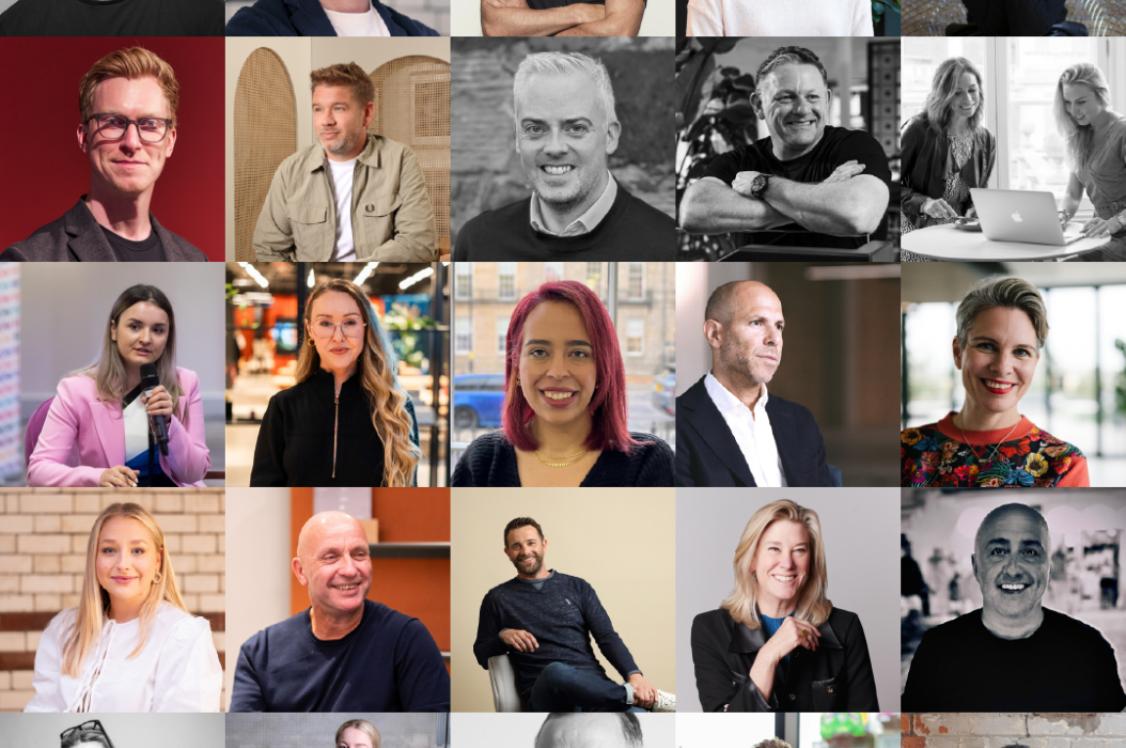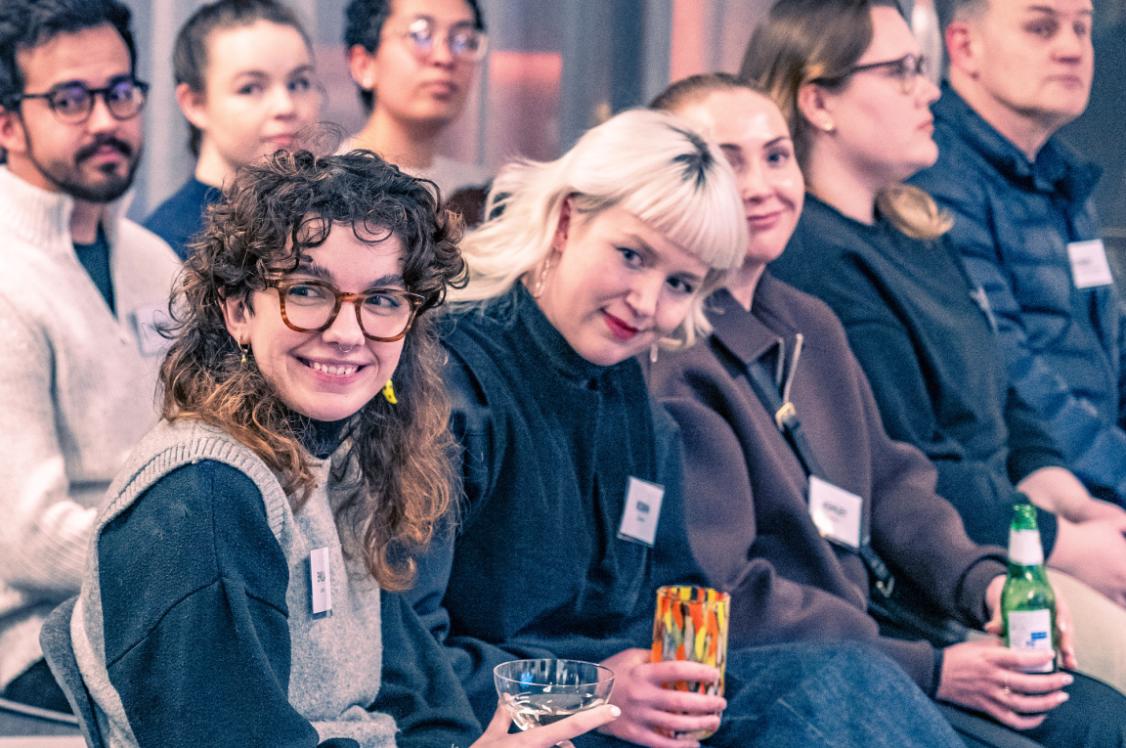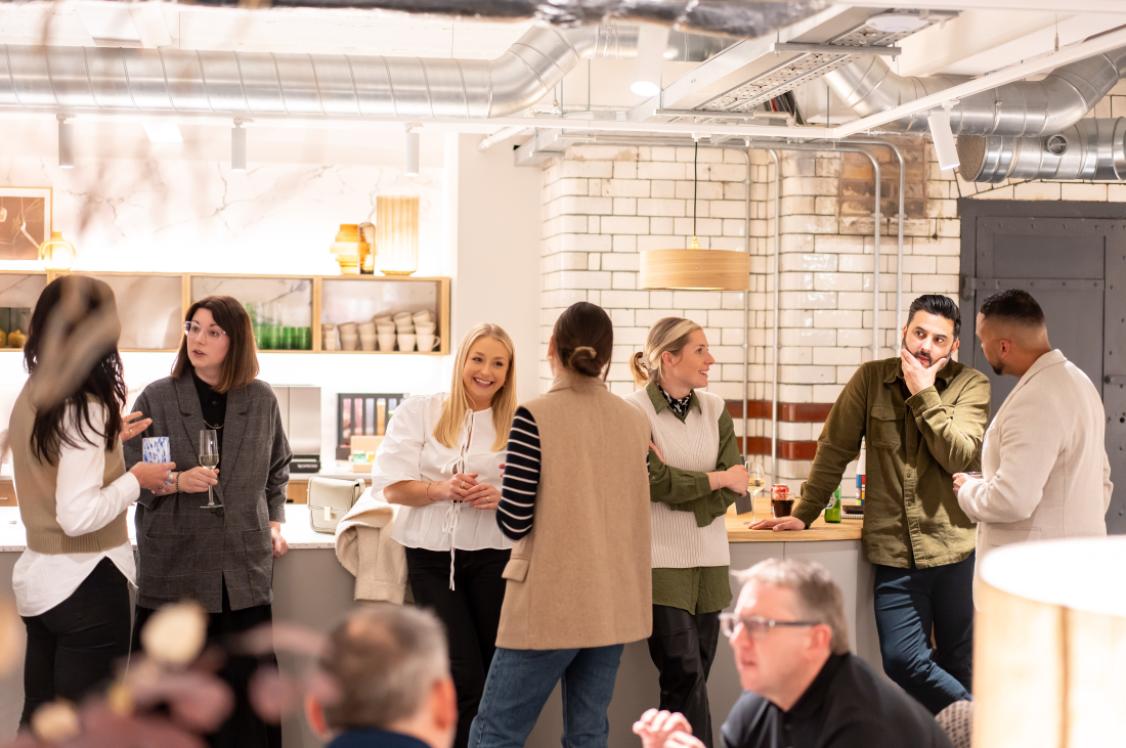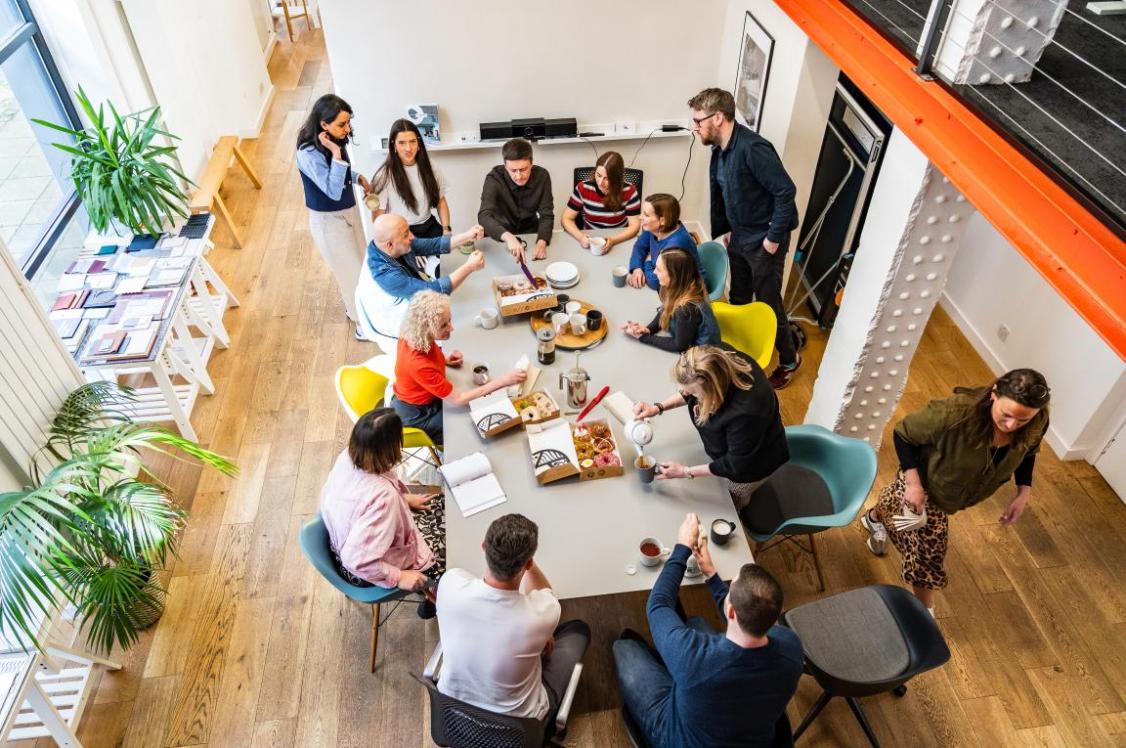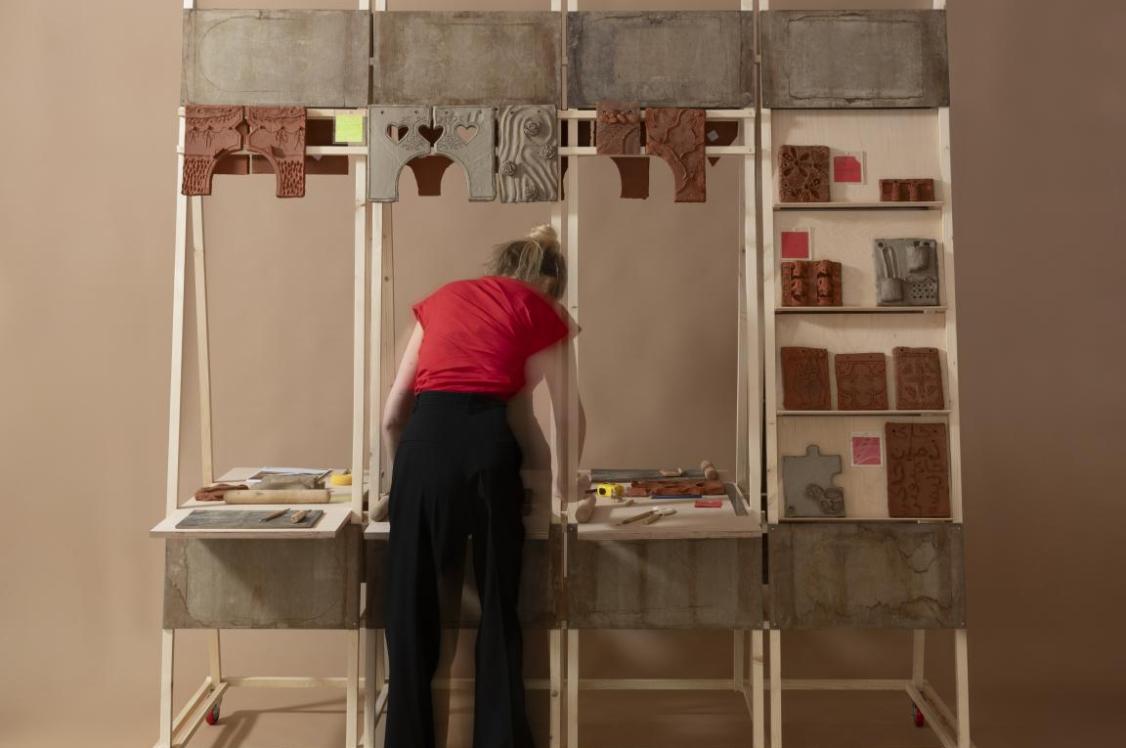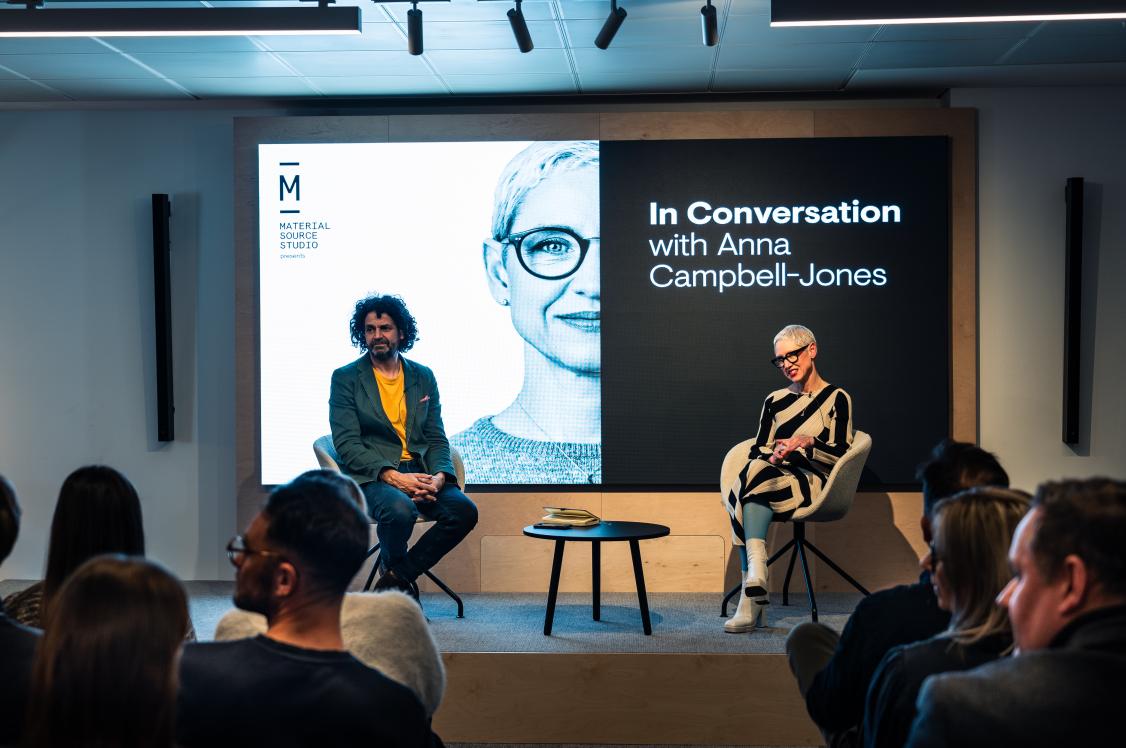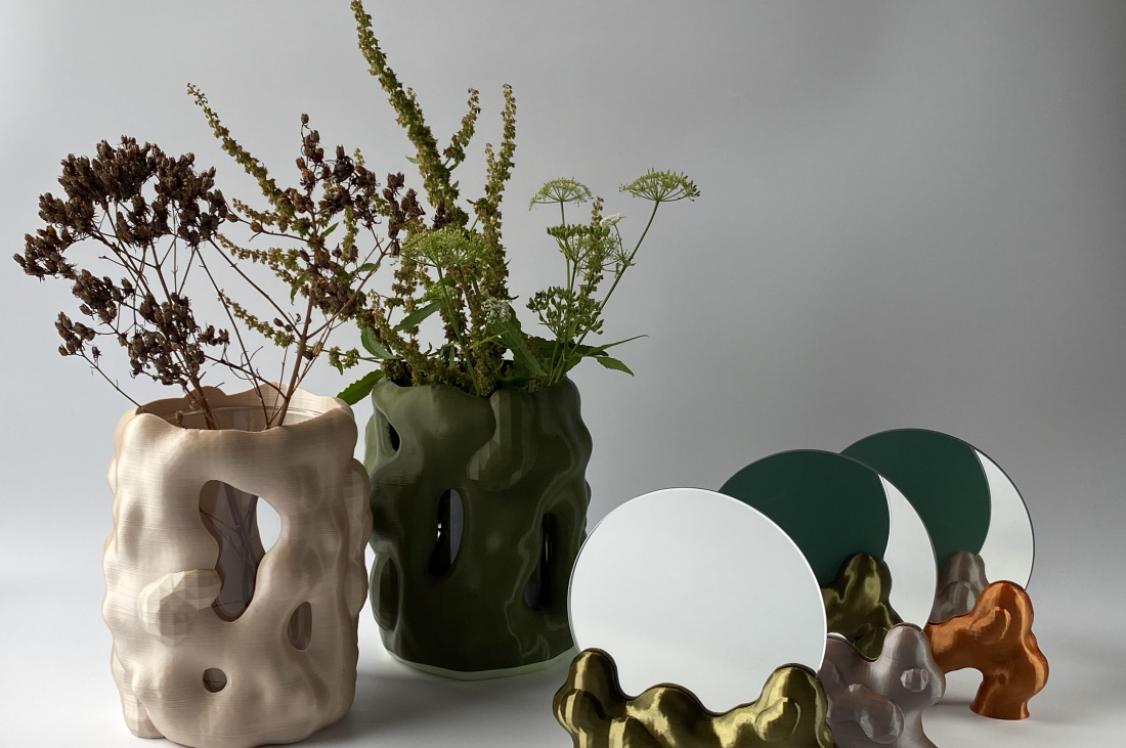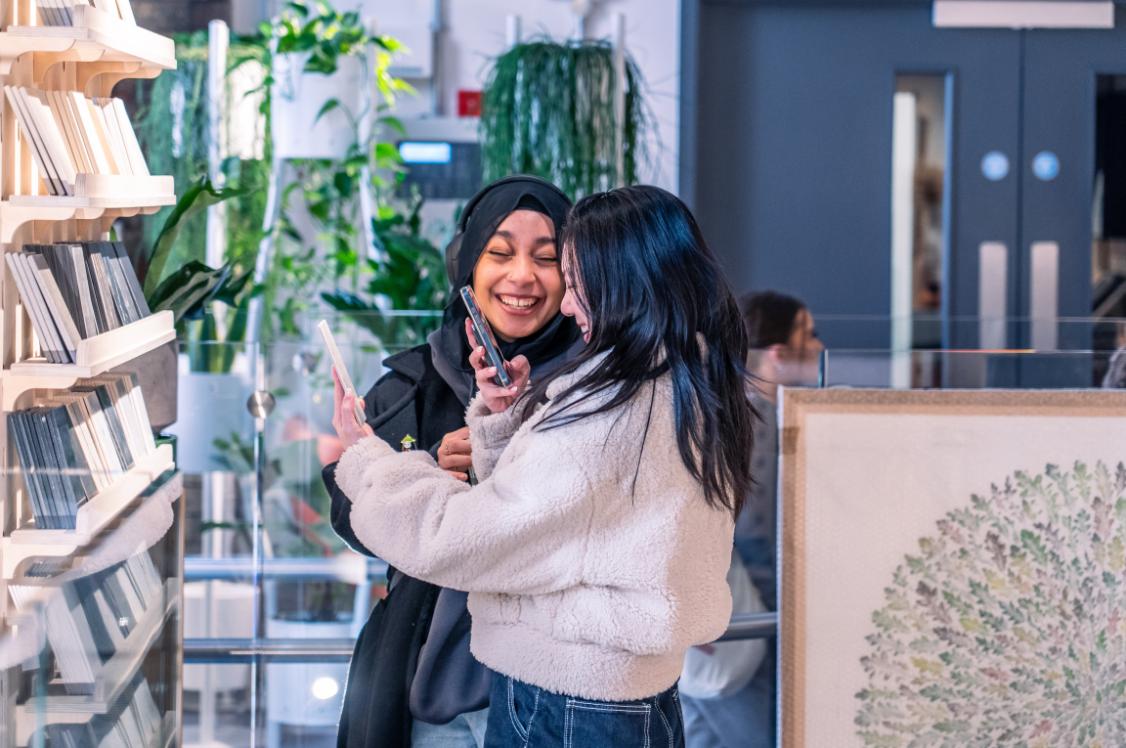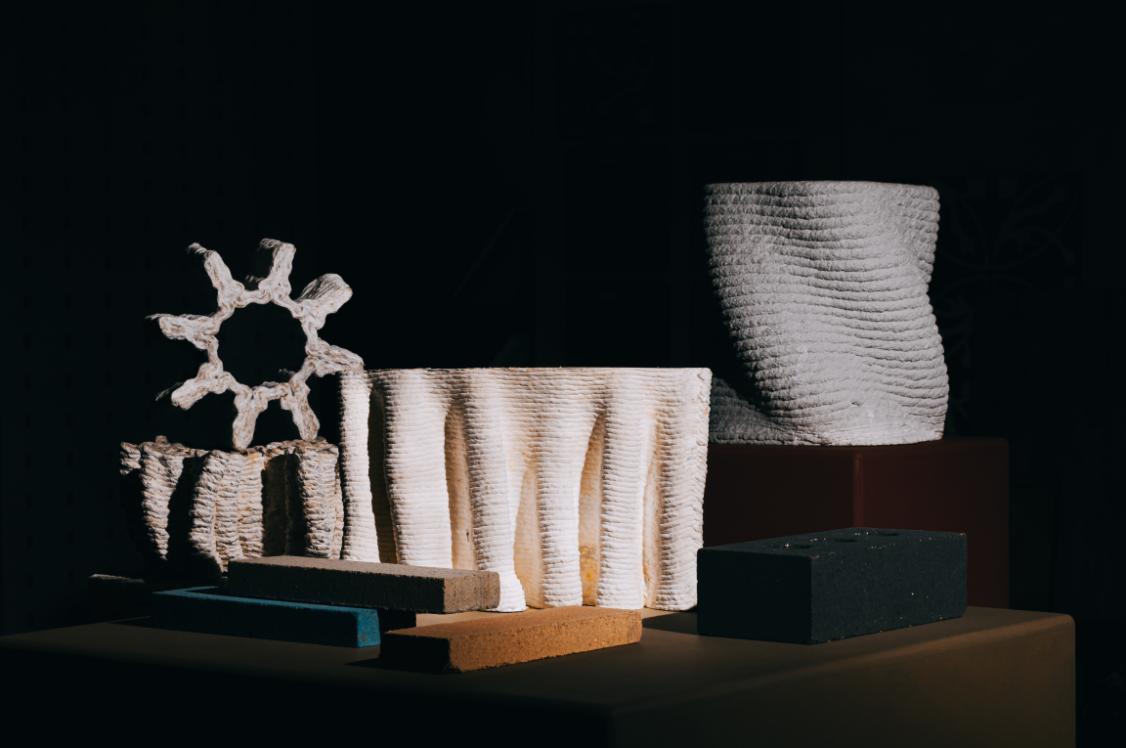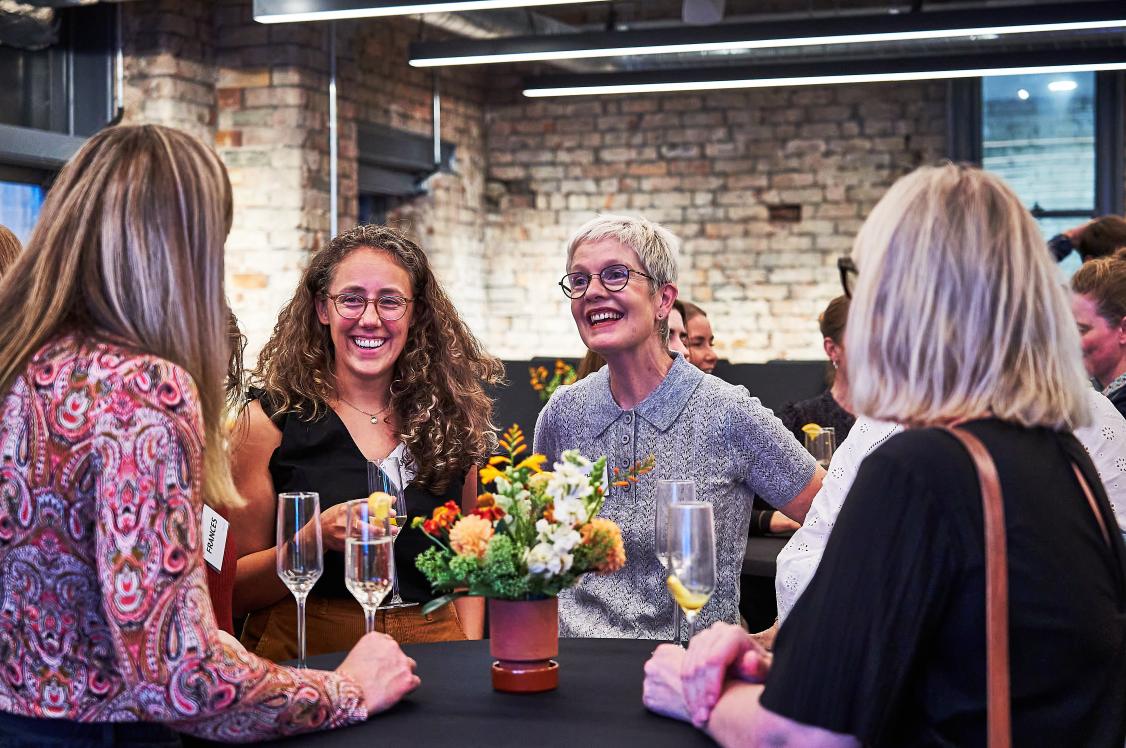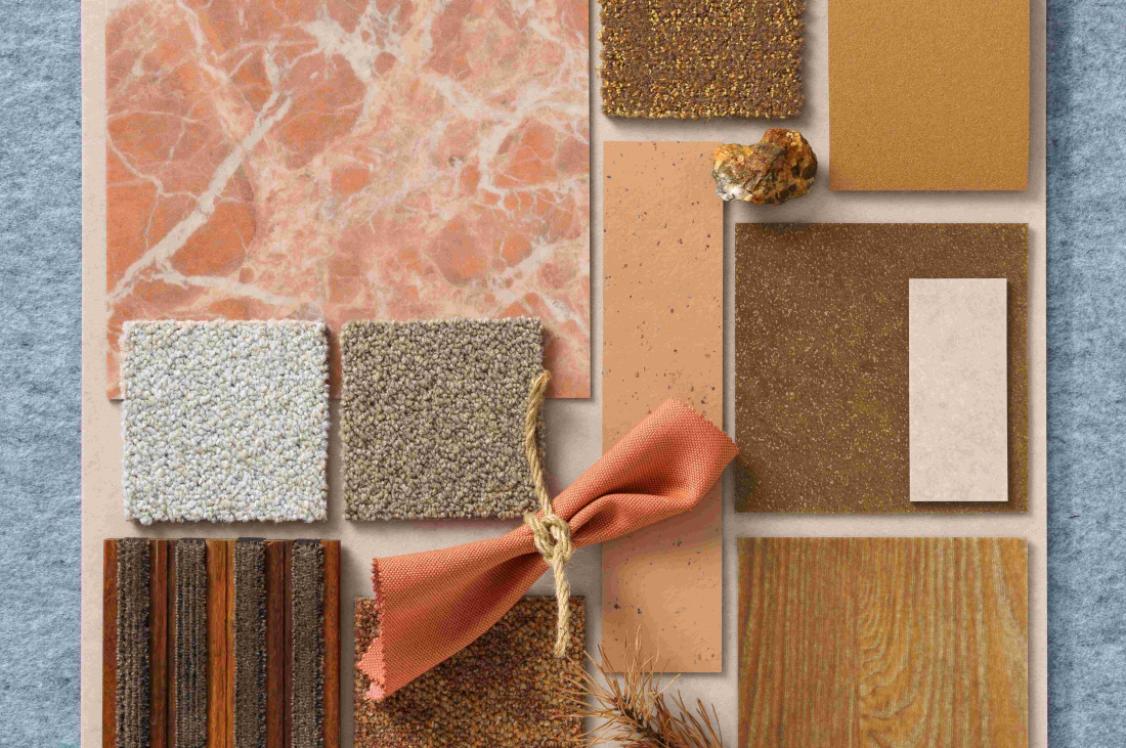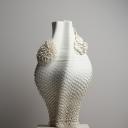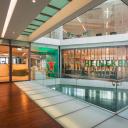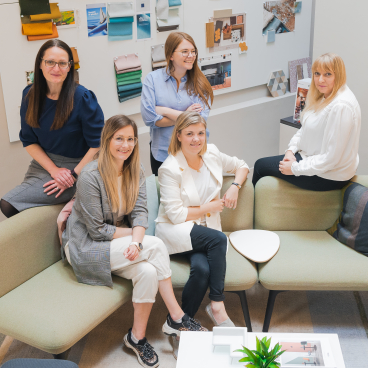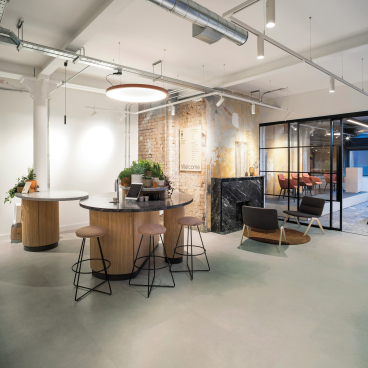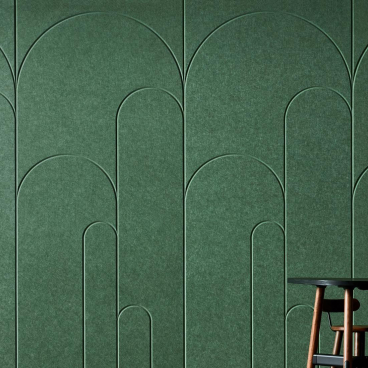Jifei Ou, founder & CEO of OPT Industries on A New Materials Horizon.
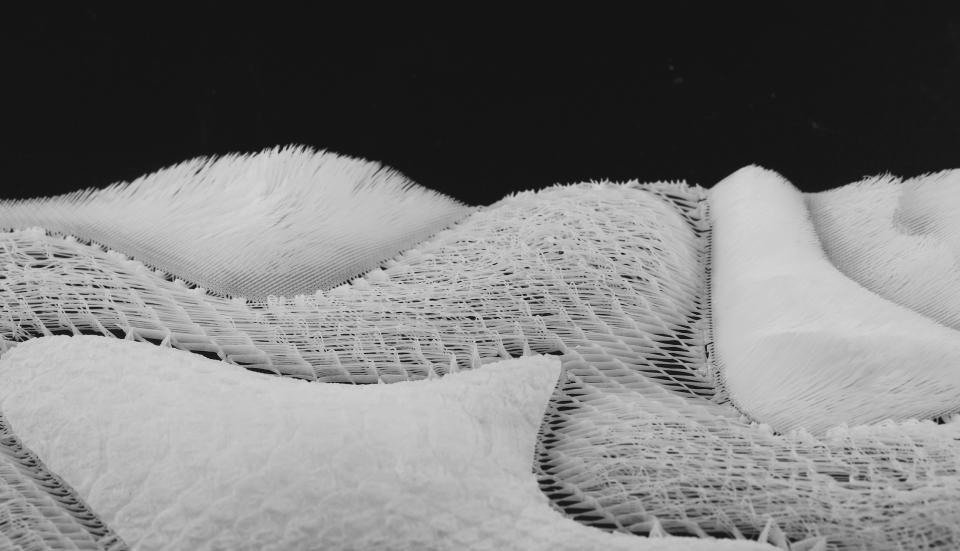
Credit: OPT Industries
Following the huge success of our first exhibition at Material Source Studio: From The Ground Up, we've launched our second: A New Materials Horizon - featuring the intricate innovation of OPT Industries.
OPT Industries combines computational design, automation engineering and material science to produce materials with micron-scale precision. Informed by the natural and synthetic materials that shape the world around us, the company launched out of Massachusetts Institute of Technology (MIT), with its ground-breaking project 'Cilia' - 3D printed fur. Since then, OPT Industries has expanded its offering to also include feathers, fabric, and foam.
To celebrate the launch of the exhibition, which is now open at Material Source Studio, 1 Federation Street, Manchester, M4 4BF, we chatted to Jifei Ou, founder & CEO of OPT Industries to get some more background on how and why the company came to be. We look forward to welcoming you at the Studio soon, and in the meantime...
Firstly, can you please introduce us to OPT Industries?
"OPT Industries is a product design, development and production company that has combined the entire additive manufacturing technology stack under one roof. We collaborate with industry leaders to design new physical products, with a focus on foams, textiles and flexible tools.
"We use parametric design and an extremely precise additive manufacturing process to create a wide variety of new materials. Our technology can replicate threads and weaves, which means we’re able to expand the possibilities for soft products and customise them to the needs of the client at a level never before achievable with mass production.
"Today, OPT Industries is focused on moisture management solutions, industrial functional fabrics, and cosmetic applicators. Our catalog will continue to expand over time as our team and facilities grow."
How did the project originally come about?
"OPT Industries was founded after nearly seven years of researching the fabrication of intricate microstructures with 3D printing technology at the MIT Media Lab, where I earned my PhD. There, I explored the manufacturing of textures like fur and hair, variable and tunable stiffnesses of visually flat structures, and pneumatic soft shapes. We saw such great receptions to several of our projects - especially Cillia, in which we were able to successfully mimic fur with polymers - that it was clear that the manufacturing industry was hungry for new innovations and the value we could bring."
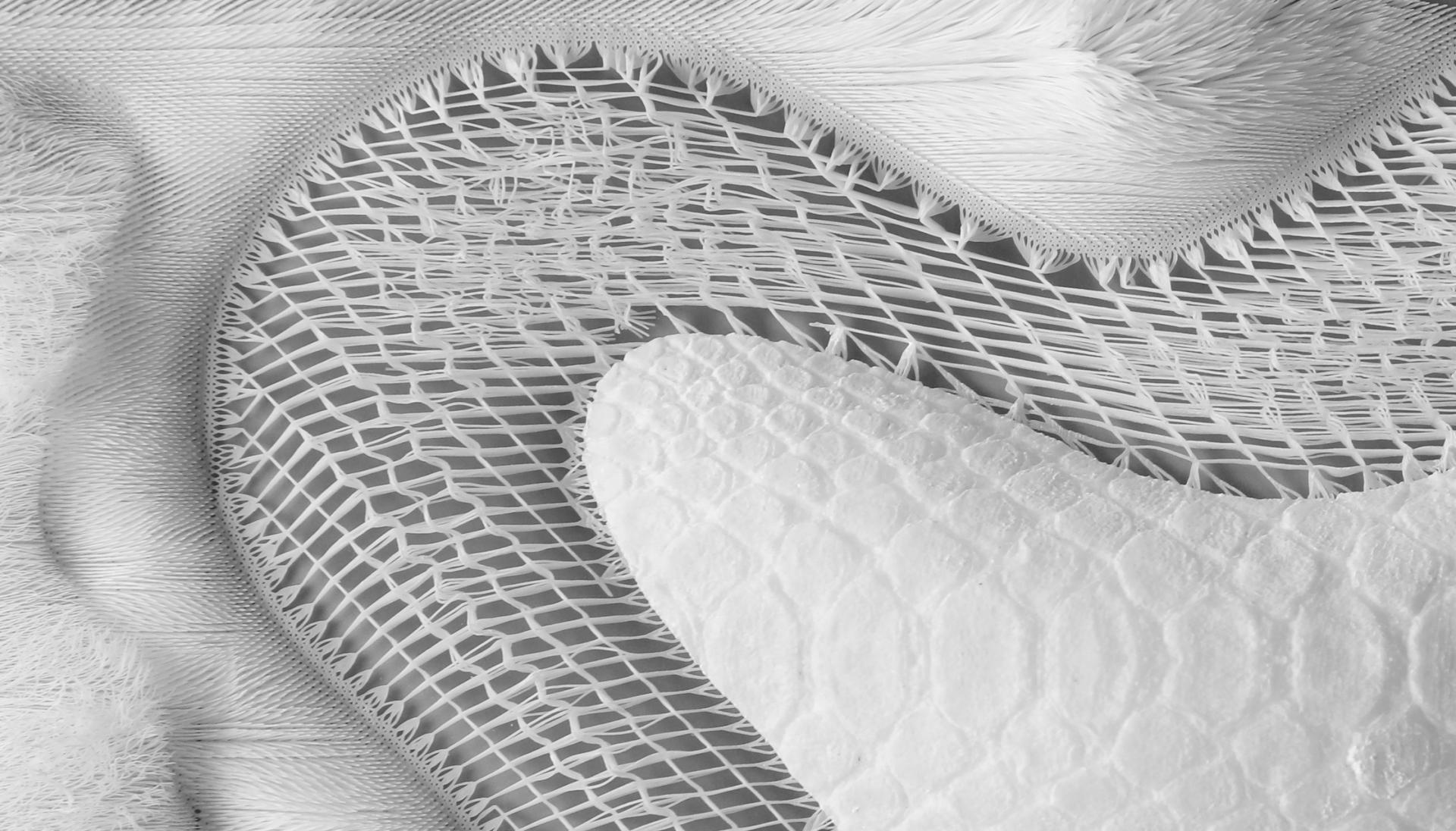
Credit: OPT Industries
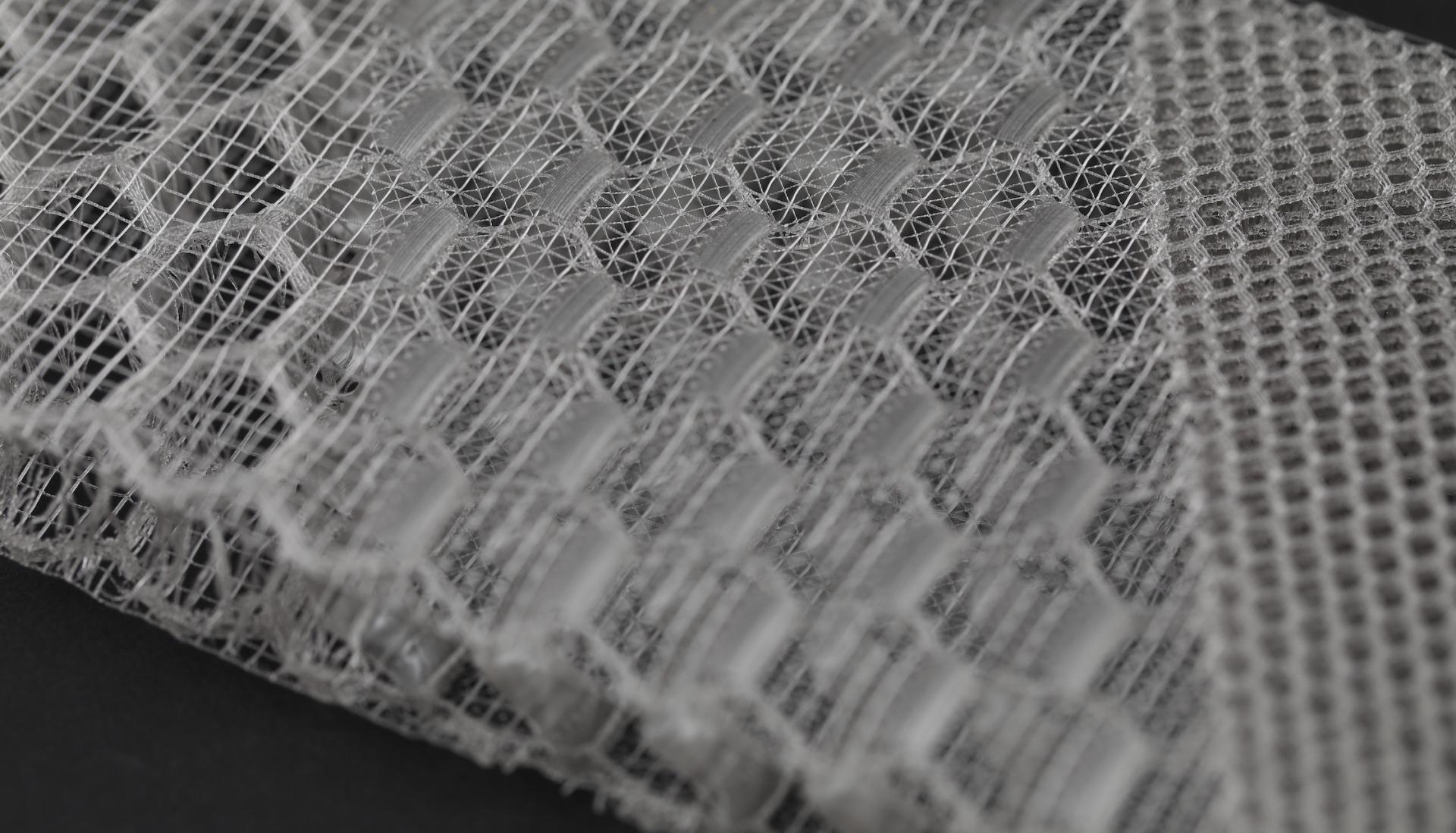
Credit: OPT Industries
What do you manufacture?
"We manufacture a variety of structures, fabrics and soft goods using photopolymers, which become solid when exposed to certain light frequencies. We use parametric algorithms to achieve the tunable stiffnesses and precise lattices that make our incredibly soft-touch products possible.
"We’re able to create a variety of goods with multiscale structures, from fur-like textures to foams. For example, fur is an incredibly flexible and useful material, but was previously impossible to 3D print. As we’ve perfected the aesthetic requirements of fur and hair textures, we’re now focused on increasing performance, namely impact cushioning, sound dampening, and insulation. What started as “fur” originally is now serving as an industrial impact insulator tool that facilitates movement of other parts, which we’re excited to share more about in the near future.
"Controlling the texture of threads naturally led us to developing a wide variety of foams, which are essentially lattices of fine hairs. We’ve had a lot of success controlling the softness and strength of various foams by using geometric changes throughout the structure. This means that an entire piece can be made with one material while having a wide variety of textures displayed. Whether the customer is looking for something that’s soft enough to touch skin, or supportive enough to hold weight, we can achieve the needed result. Foam has drawn the interest of a variety of industries, from cosmetics to interior design.
"Soft goods continue our exploration of using algorithmic geometry and architectural designs, while branching away from long rolls of fabrics, and instead focusing on mass production of small components. We’re very excited about our manufacturing process, LumofilTM, which allows us to create cosmetics applicators that can be controlled at levels that are comparable to, and in some situations, exceed the more standard micro-injection manufacturing method. Because we use additive manufacturing, customers do not need to wait months or invest heavily in mold creation, which allows us to iterate designs rapidly without significant added investment from the customer. Our typical product design timeline is measured in weeks, instead of the months typical of traditional manufacturing methods.
"While we are focused on three categories - novel wicking solutions for medical supplies, industrial functional fabrics, and cosmetic applicators - in the short term, our catalog will expand over time, as we are capable of a wider variety of use cases."
And how do you manufacture your products?
"OPT Industries has a full stack of additive manufacturing technology that we’ve developed in-house: state of the art 3D design software created by and for our in-house design team, a new ultra-efficient file format that dramatically reduces rendering time, and our proprietary additive manufacturing machinery and materials.
"Our design software is the key to every structure we’ve made, and functions like a digital loom. Anything that is 3D printed must first be modelled. We found that other design software is not able to achieve the density and complexity of textiles, which led us to building one that could. We’re also able to work incredibly quickly as we’ve built our own, new file format, which processes information over forty times faster than other options - that means hours (if not days) of rendering time saved at every product iteration.
"RAMP™, OPT's flagship digital photolithography technology, is the world's first roll-to-roll 3D printing platform, which means that we can create unlimited yards of prints, either as textile rolls or as continuous production of small parts.
"The polymer material that we create our products with has all been designed in-house by our material scientists, who are on a mission to create the best materials at the most efficient pricing. We are open to using any compatible photopolymer material that a client may desire, however, if needed for an ideal outcome."
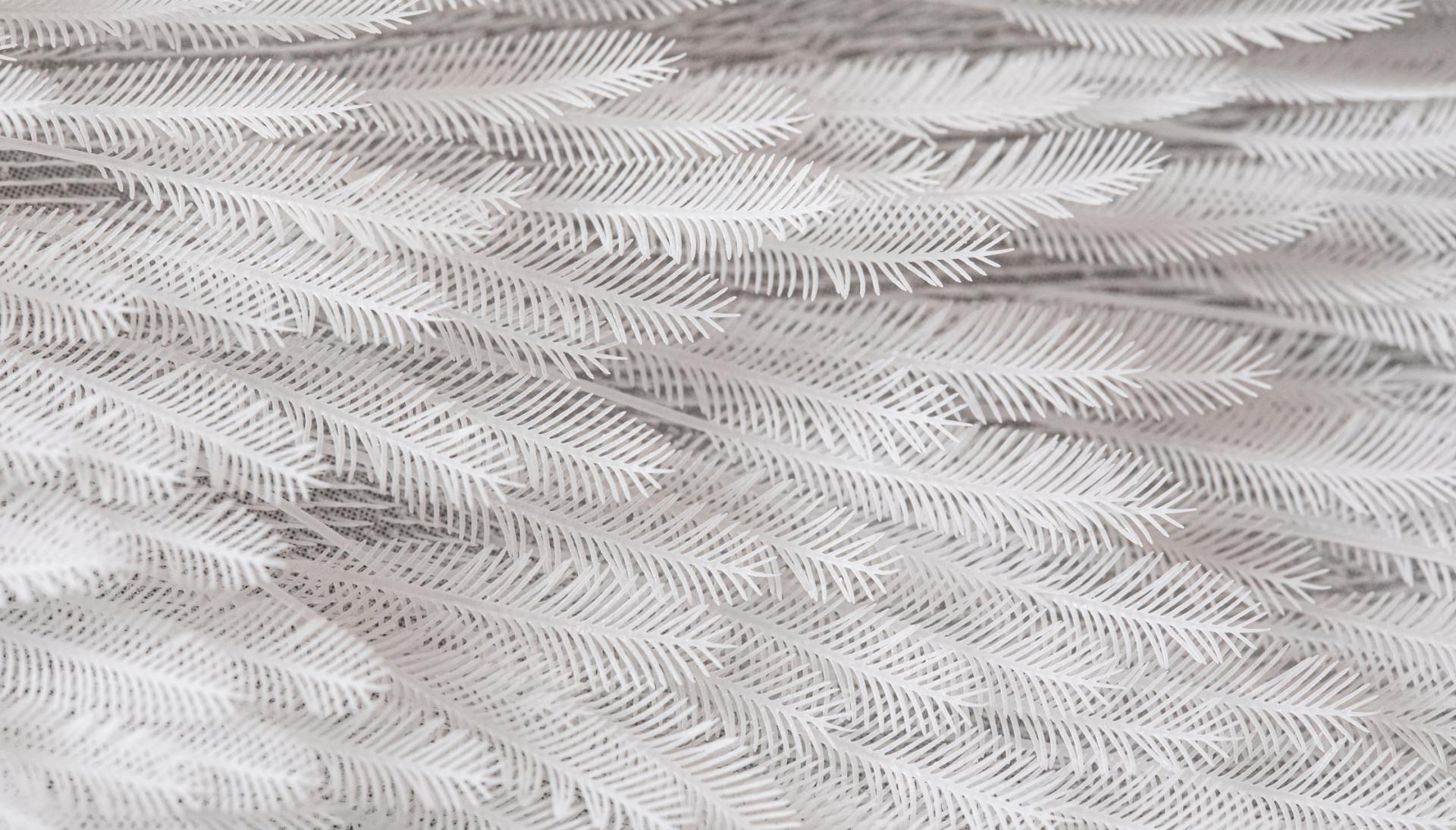
Credit: OPT Industries
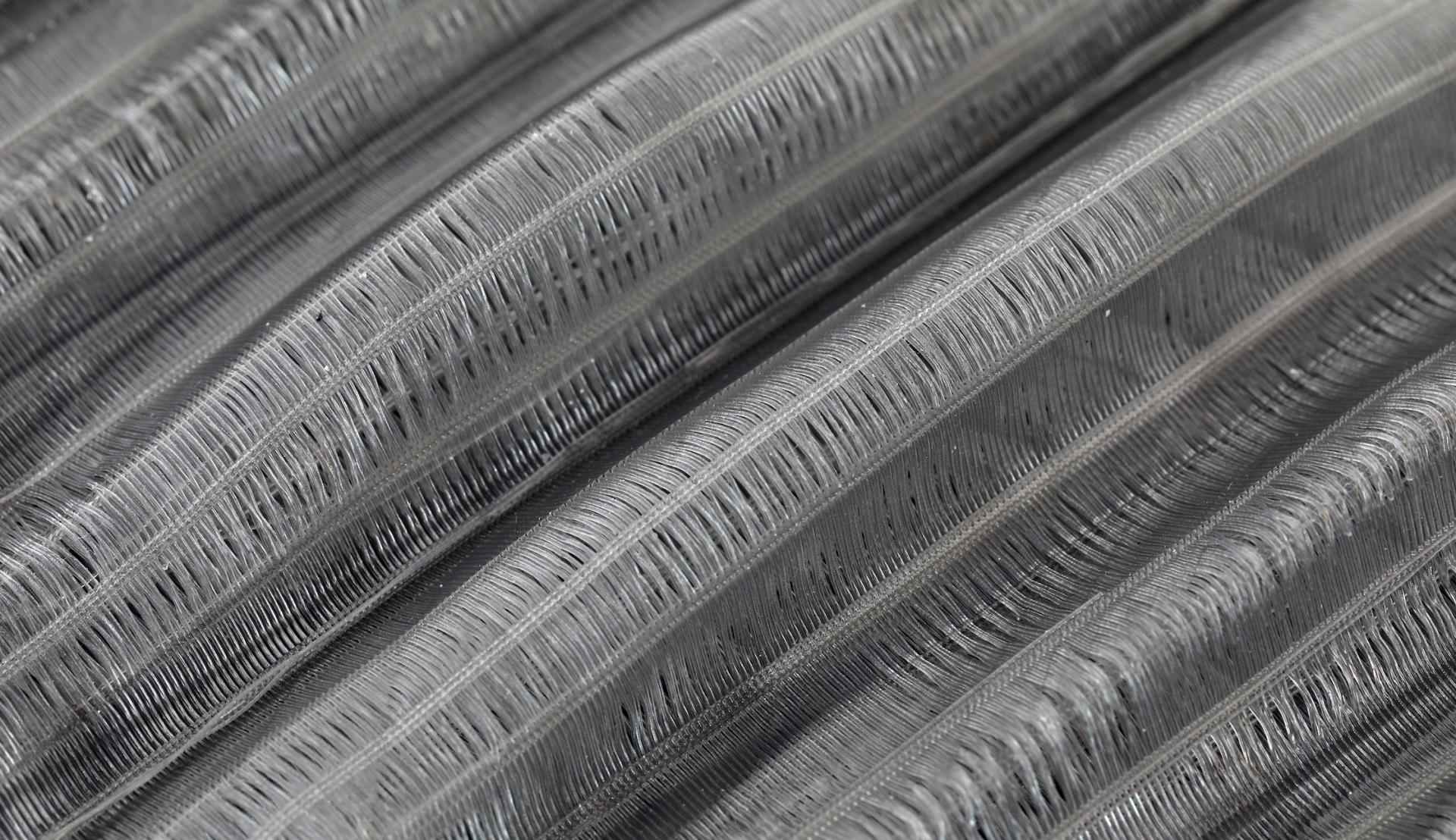
Credit: OPT Industries
Who are your target sectors?
"We’ve done product development work for a diverse and growing array of industries, ranging from automotive interiors to outdoor performance wear. We’re excited to see that our technology is able to solve problems in a diverse and growing array of sectors, which is a rare privilege among manufacturing companies.
"Right now, we are targeting sectors where fluid management, impact damping, and thermal insulation are critical to the products' requirements. We are developing these performance properties for the medical devices and cosmetic industries, but recognise their applicability towards wider scenarios (automotive, interior, and more). We see an incredible amount of potential for our technology to increase the speed and efficiency with which these industries can innovate."
How can your products be used in the built environment and commercial interiors sectors?
"During initial conversations with interior firms and studios, we’ve noticed a keen interest in the ability for designers to create more unique and dimensional surfaces. These firms frequently built custom residences, restaurants, and hotels but had never been given the tools to develop their own unique materials, such as those that could have the softness of fur or the tactility of a roll of feathers. OPT Industries is able to produce rolls of materials designed specifically for the usage the customer has in mind, which opens the door for a range of possibilities in interior spaces.
"Our short supply chain and domestic production shrink lead times, and additive manufacturing significantly lowers the MOQ that make production financially viable; because every design is digitally created at OPT, there’s no need for custom tooling whenever the design is changed, rendering the traditional notion of an MOQ irrelevant in our process. Long lead times and large MOQs are two problems that we see as major limiting factors in the variety available to designers. The latter in particular has resulted in the majority of the industry using similar designs - as they are already available and can be bought off the shelf - which narrows the window of aesthetics that are seen in new designs.
"Aside from aesthetic value, we are in the process of validating our designs for functional use cases like noise reduction, thermal insulation, impact resistance, humidity control, and light source moderation. For interiors, we are still at the R&D level with our materials so I think the challenge will be breaking into an industry that trends towards taking minimal risk, and finding designers who are willing to do so to explore what is possible with this new technology. But that’s why we enjoy interfacing with agencies like Material Source Studio who champion what we’re excited to do: prove that manufacturing custom materials at a large scale is economically feasible and a huge payoff for our clients that believe in the novelty of our products."
How do you see what OPT Industries does contributing to a more sustainable material future for the built environment?
"We’ve managed to house the entire product lifecycle under one roof, and keep our supply chain incredibly short. This means that, overall, production uses a tiny fraction of the amount of fuel, and thus produces significantly less pollutants than traditionally manufactured goods. A shorter and domestic supply chain also reduces human rights risks, which is a major concern for any industry but especially those that use textiles.
"Additionally, our polymer materials are made up of 30-70% bio-based materials, depending on end use requirements of the product being made. Bio-based products are made of natural materials derived from organic sources including plants, sugar, and marine matter. One of our default polymers is already 33 % bio-derived, with material coming from coniferous trees. This polymer can be used to make high-performance, low-environmental impact medical products.
"Finally, additive manufacturing also massively cuts down on wasted materials versus traditional manufacturing, which is, by and large, subtractive. With 3D printing, minimal material ends up on the factory room floor. This is very different from any method that requires cutting away from a bulk object, from traditional looms to CNC machining. We also do not have moulds to store or dispose of when product lines end or change, as injection moulding methods do."
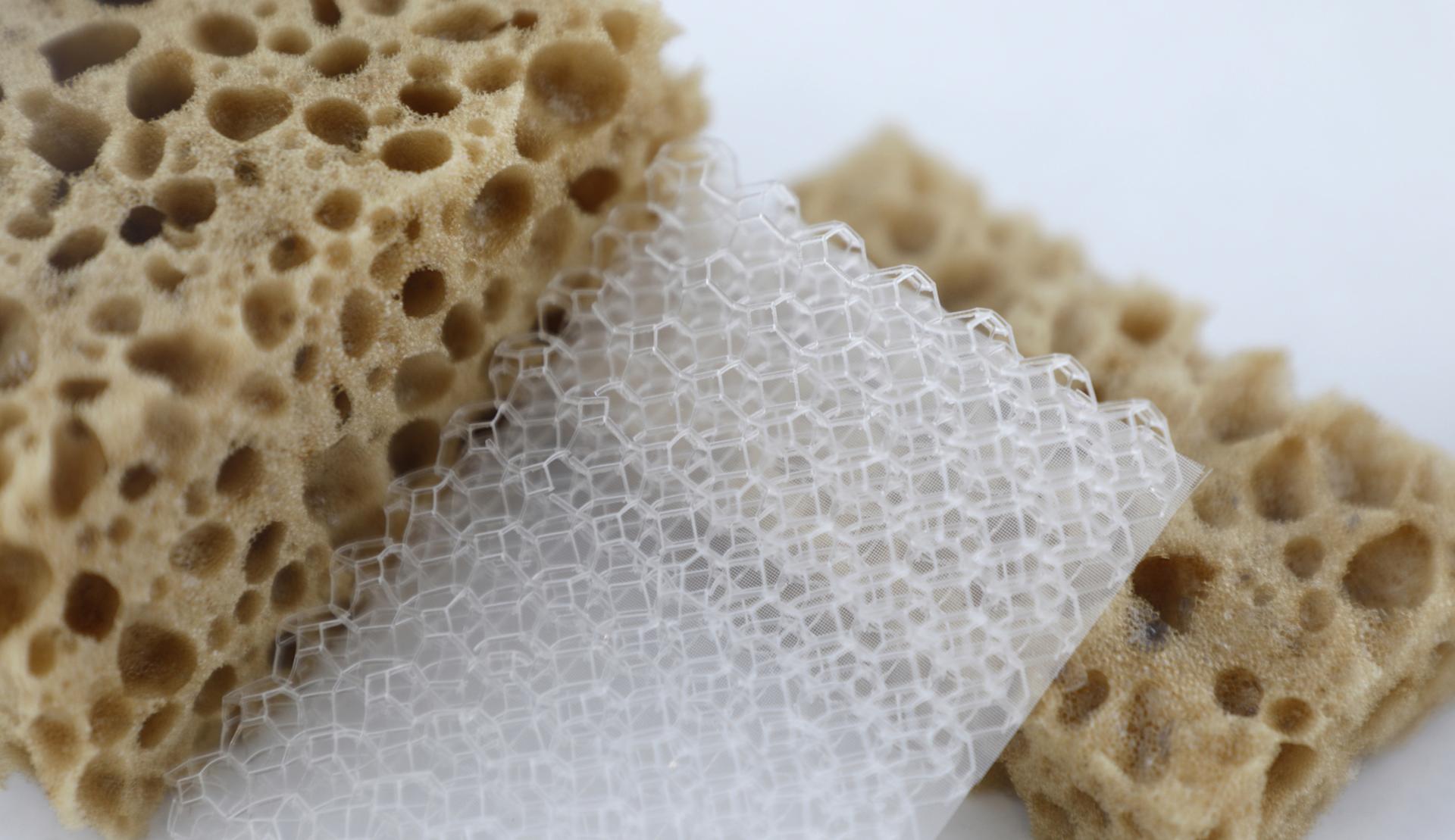
Credit: OPT Industries
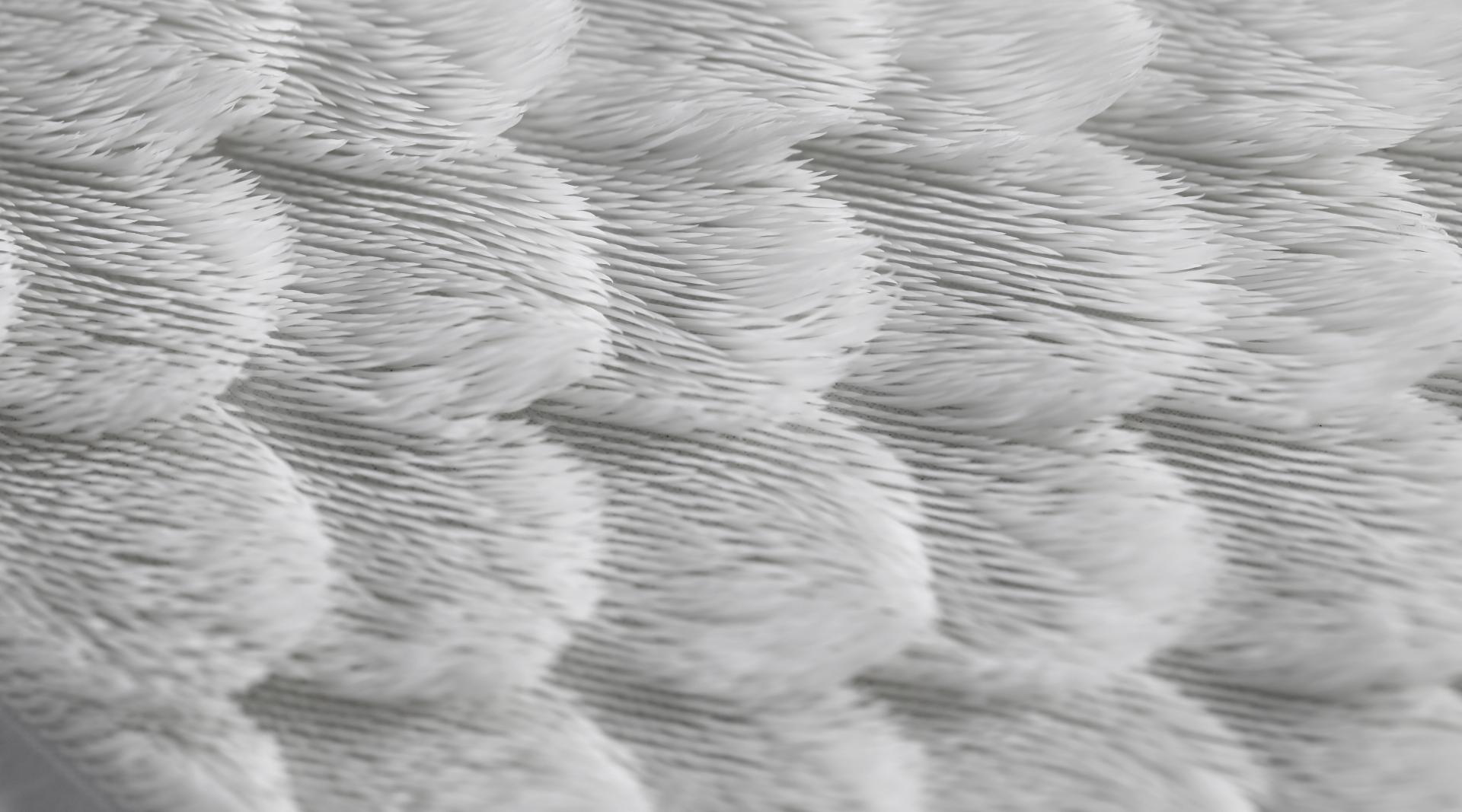
Credit: OPT Industries
What are you currently working on?
"The team is working on some incredibly exciting projects with a variety of industry leaders. For example, we’re currently doing final quality testing on the industrial fabric that I alluded to earlier, which will need to stand up to repeated impacts while still being easy to cut to shape and soft to the touch. This project has allowed us to make new advancements in our material formulations and design algorithms.
"Perhaps the project that’s the most exciting from an industry perspective is our work with a major global cosmetics company to create applicators for several of their product lines. We’ve created new shapes for applicators that change the look and feel of existing formulations when applied. This project has also been a catalyst for our exploration into coatings of our polymers to achieve new functionalities, such as impermeability against various compounds and changes in texture.
"As a final example, we are also working with a luxury accessories leader on a project that is solely focused on aesthetics, which has given our design team the opportunity to experiment freely with new textures. We’re creating impossible weaves and natural motifs that you’ll soon see in luxury goods."
And what's coming next?
"This year we are focusing on building out our production capabilities and expanding our staff, while digging in further to the industries we’re already seeing interest from. That said, we also have mechanical and material upgrades being worked on, which I’ll be able to share early next year.
"Our overall goal is to expand the potential of industries that rely on textiles and aesthetics, while still requiring functionality from their materials. Whether it’s creating a new weave or a 3D fabric application, the OPT Industries team is dedicated to designing the next generation of materials to solve our customers’ challenges, in style."



